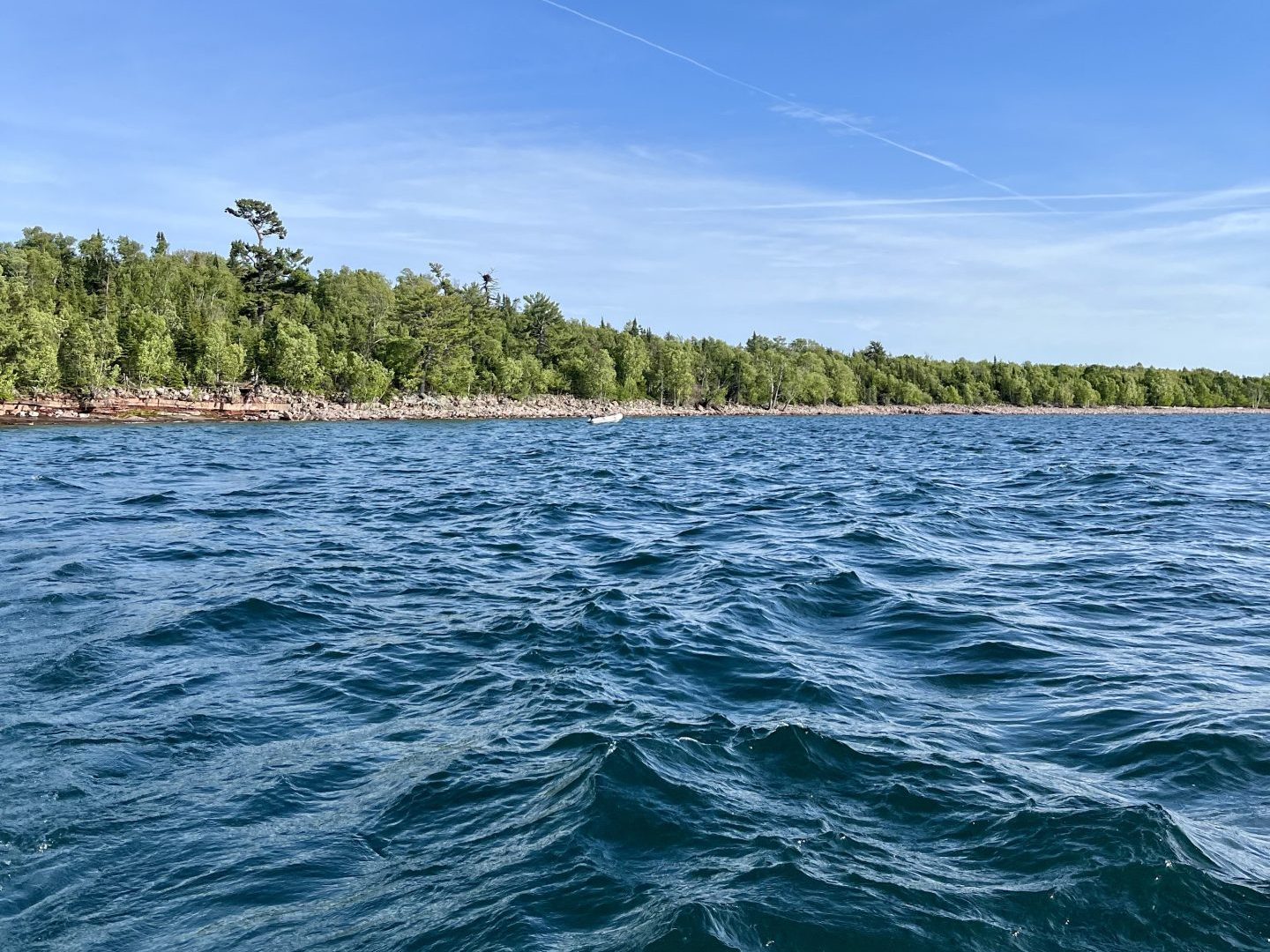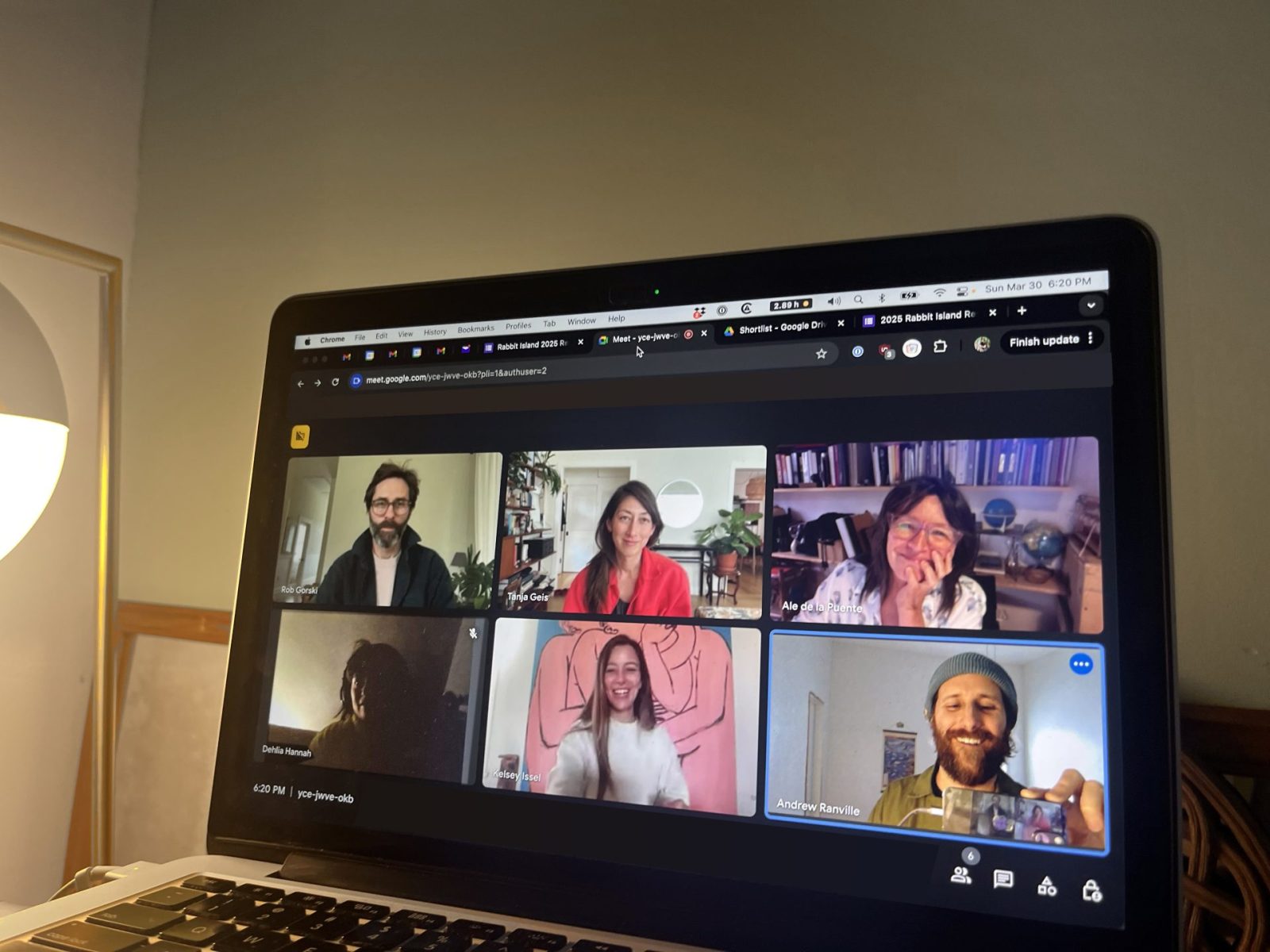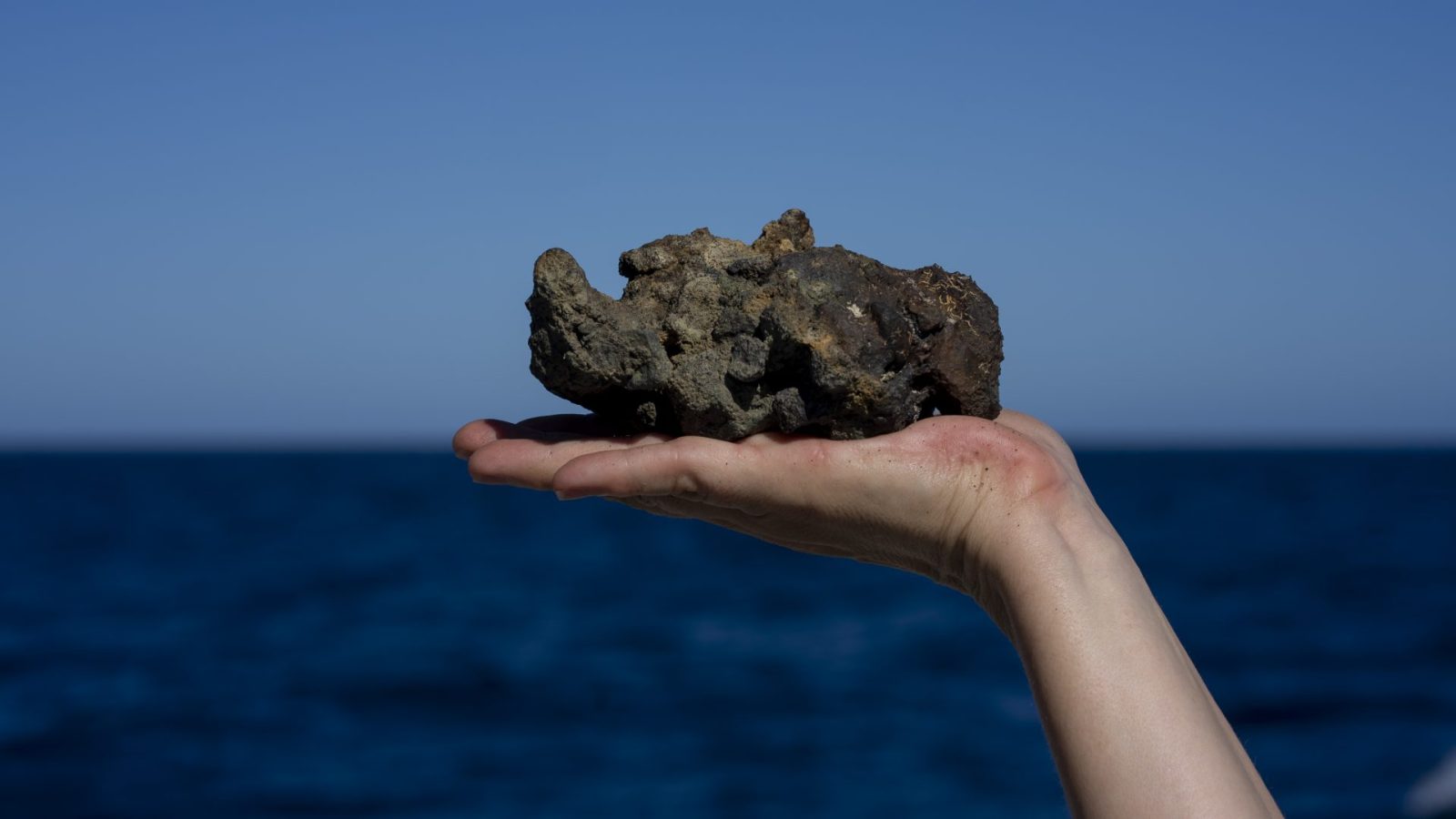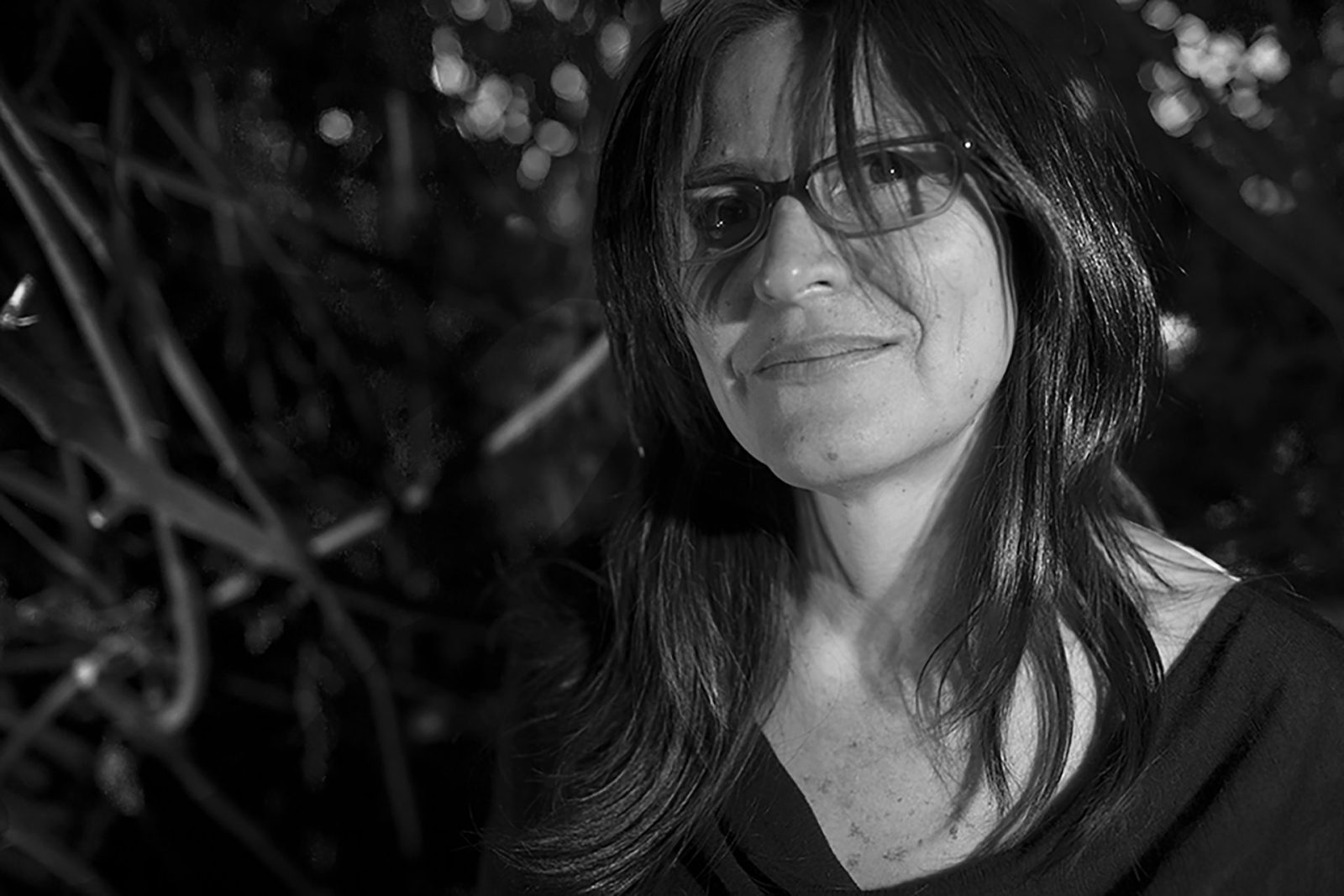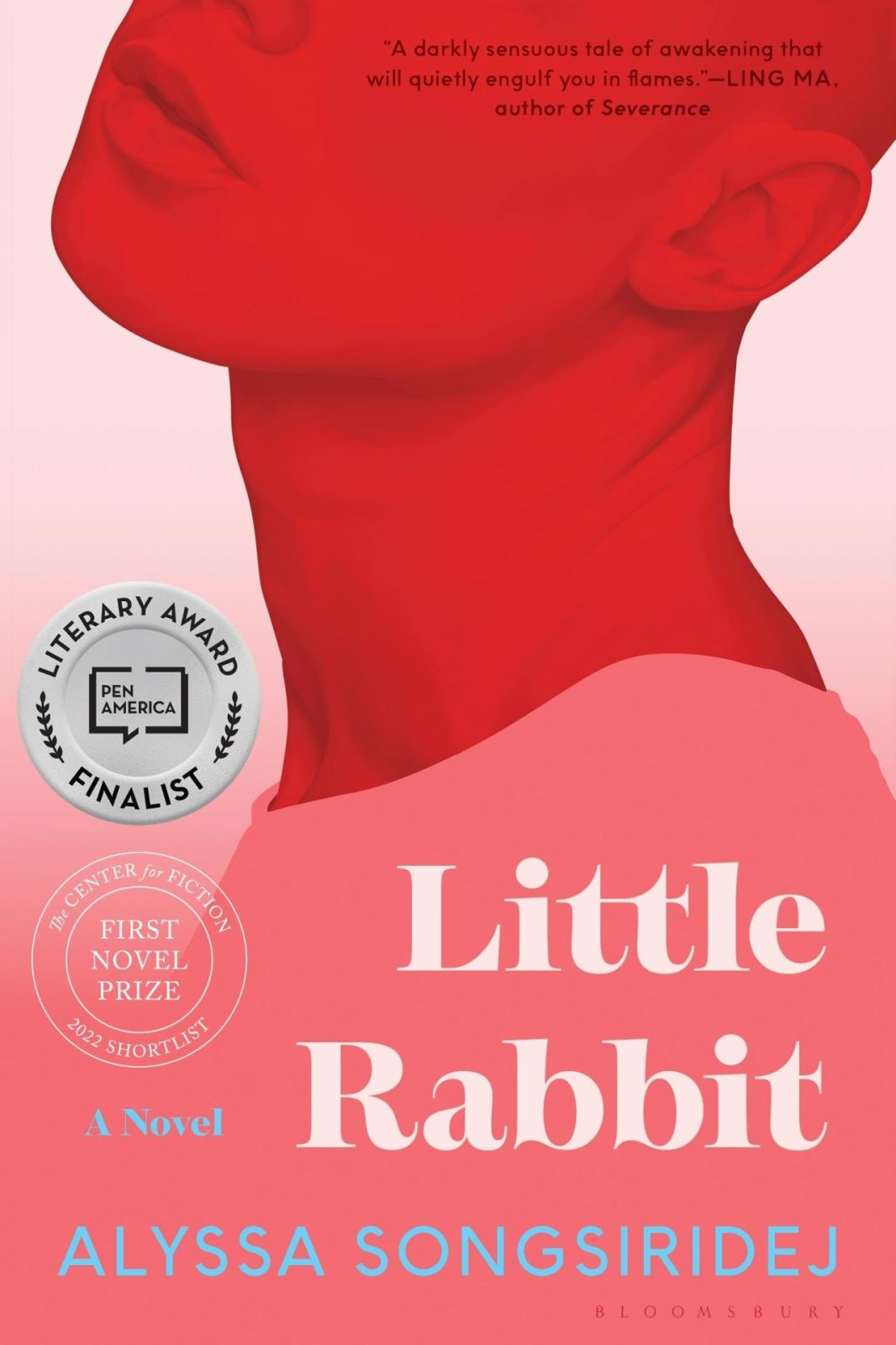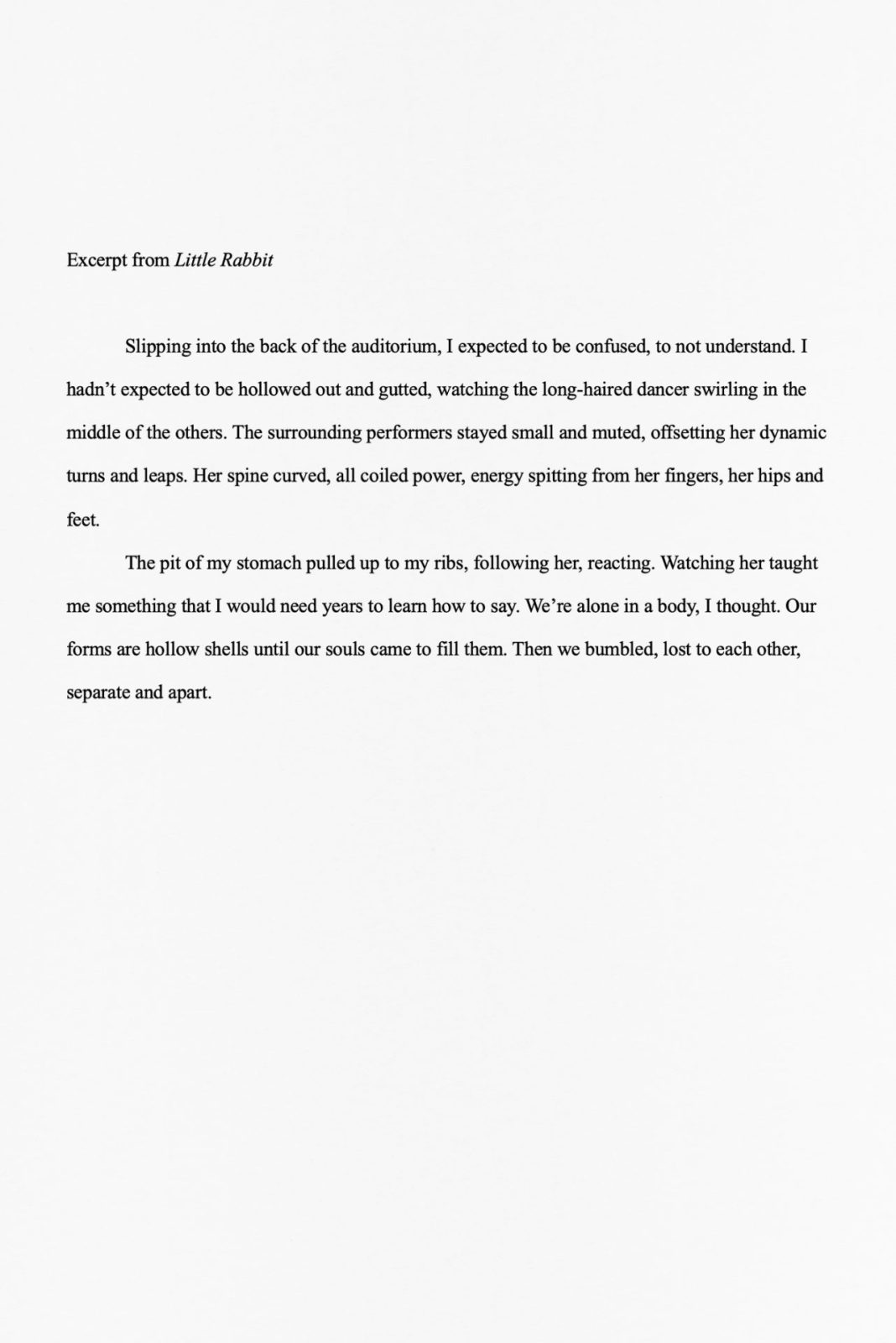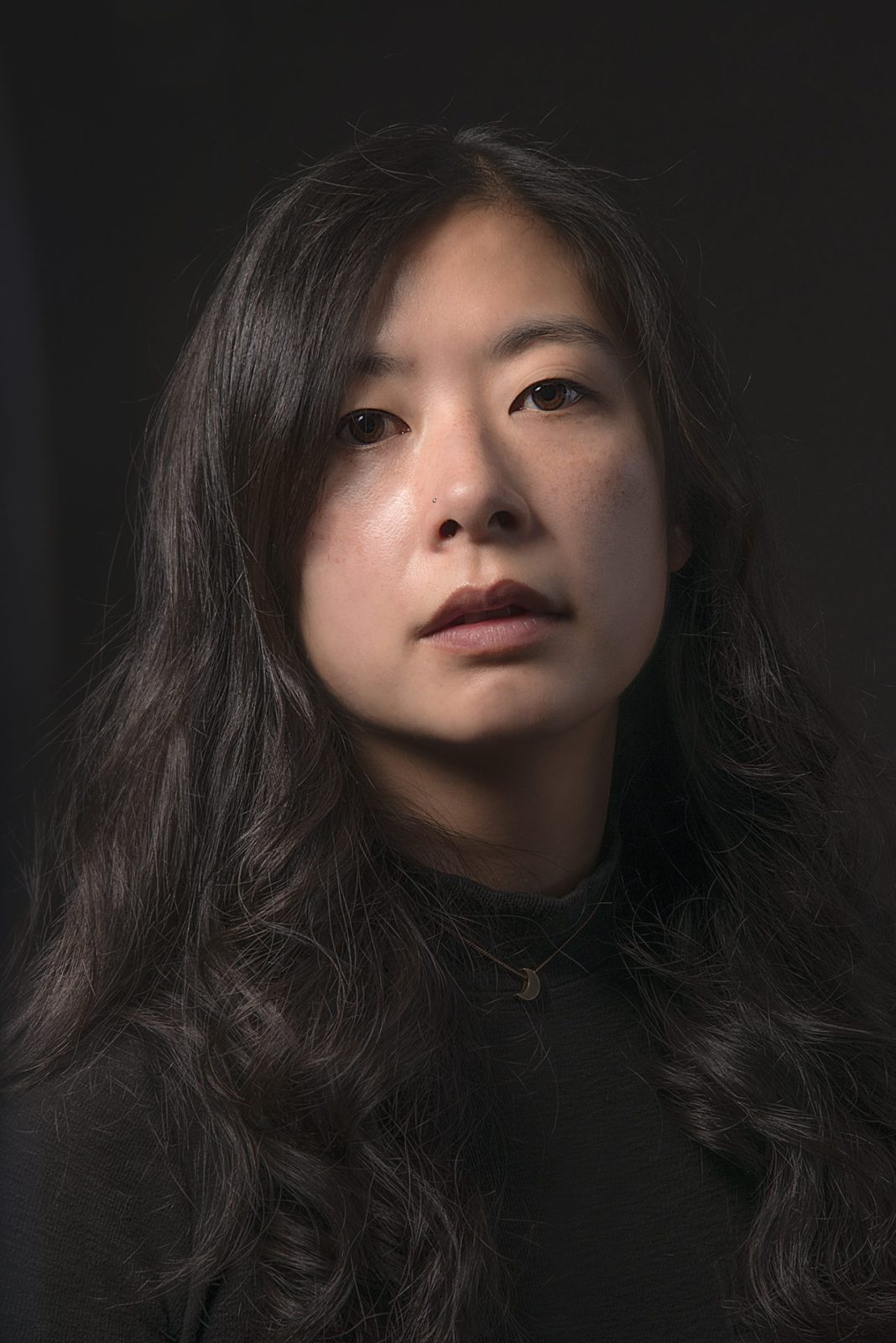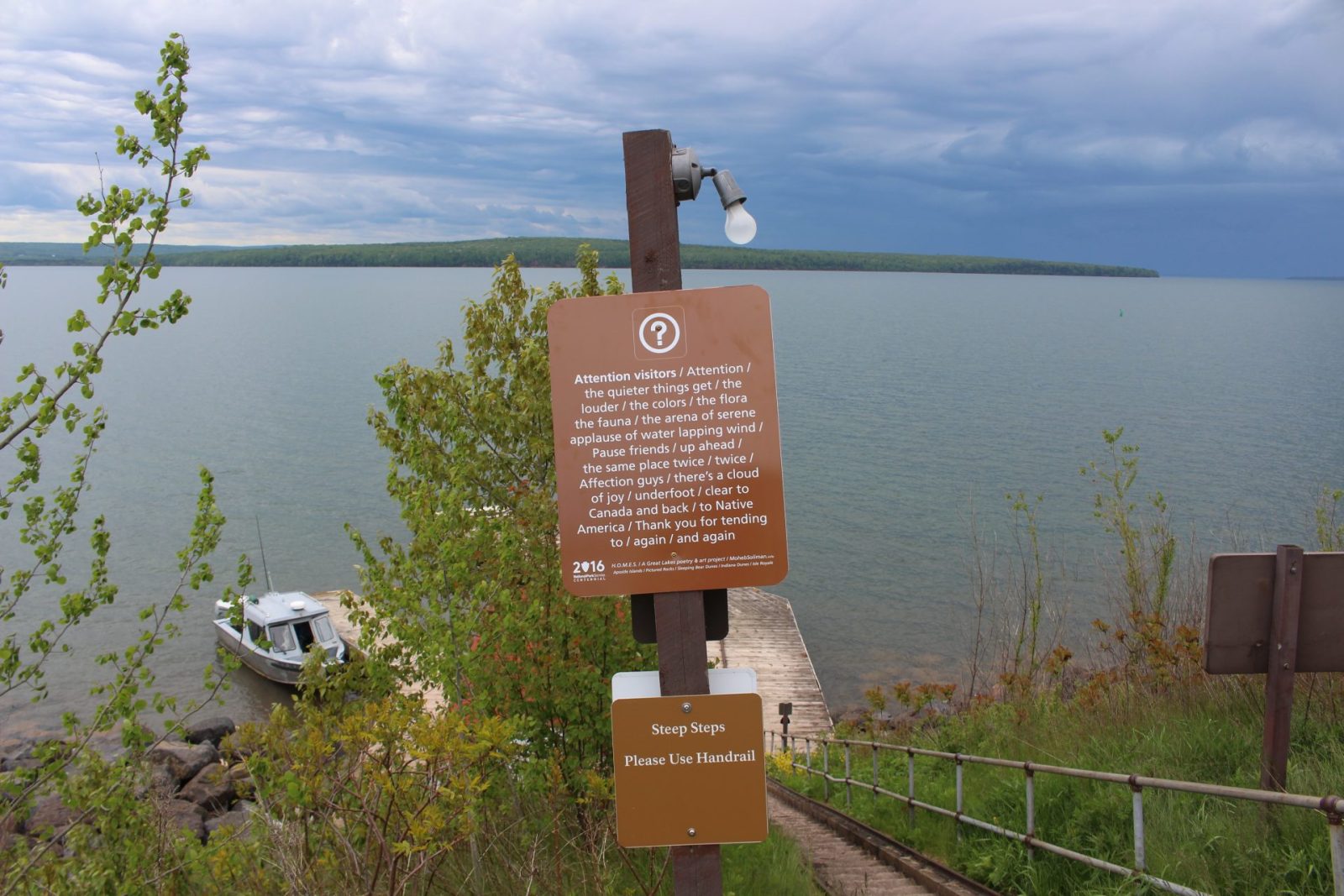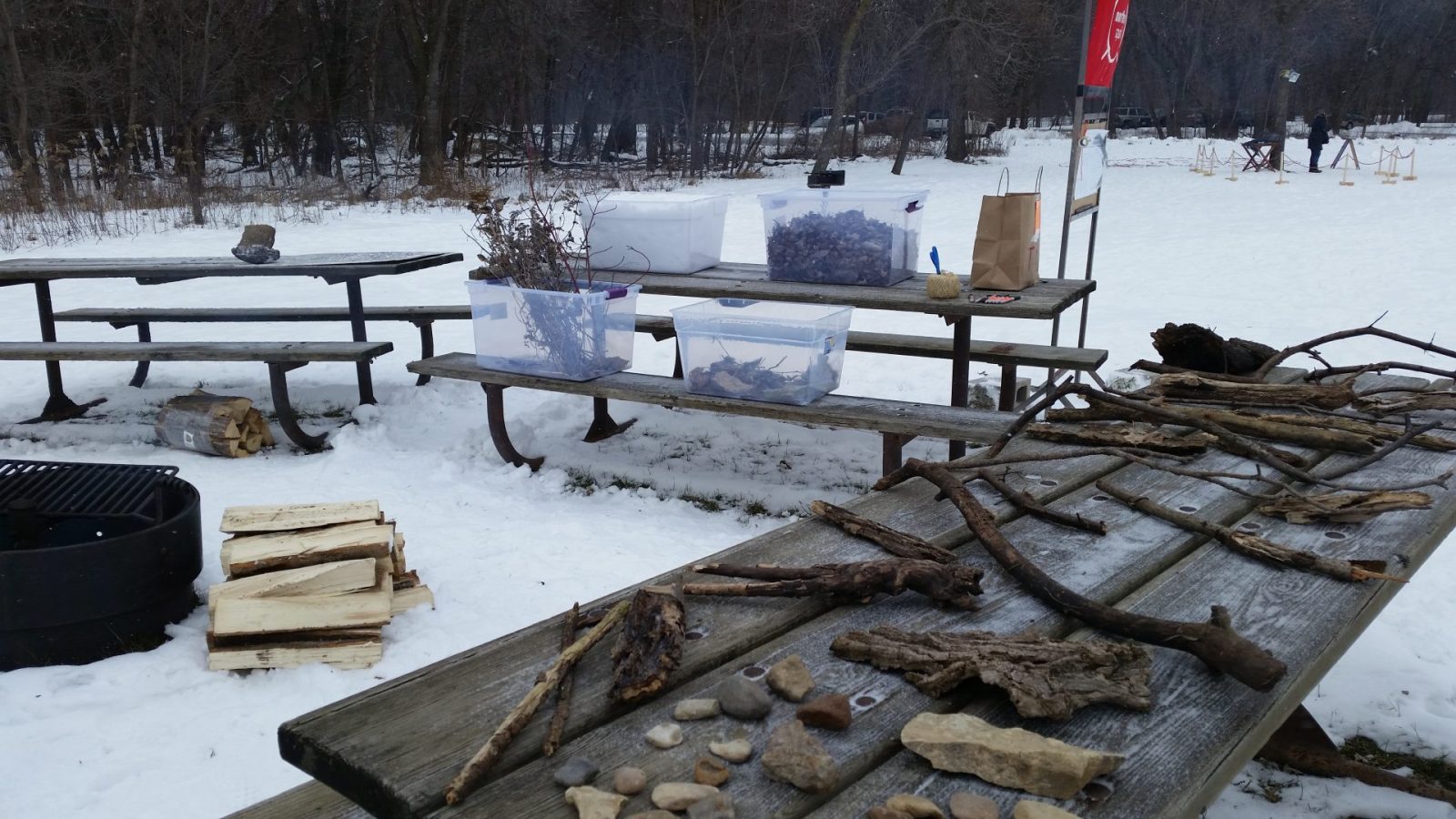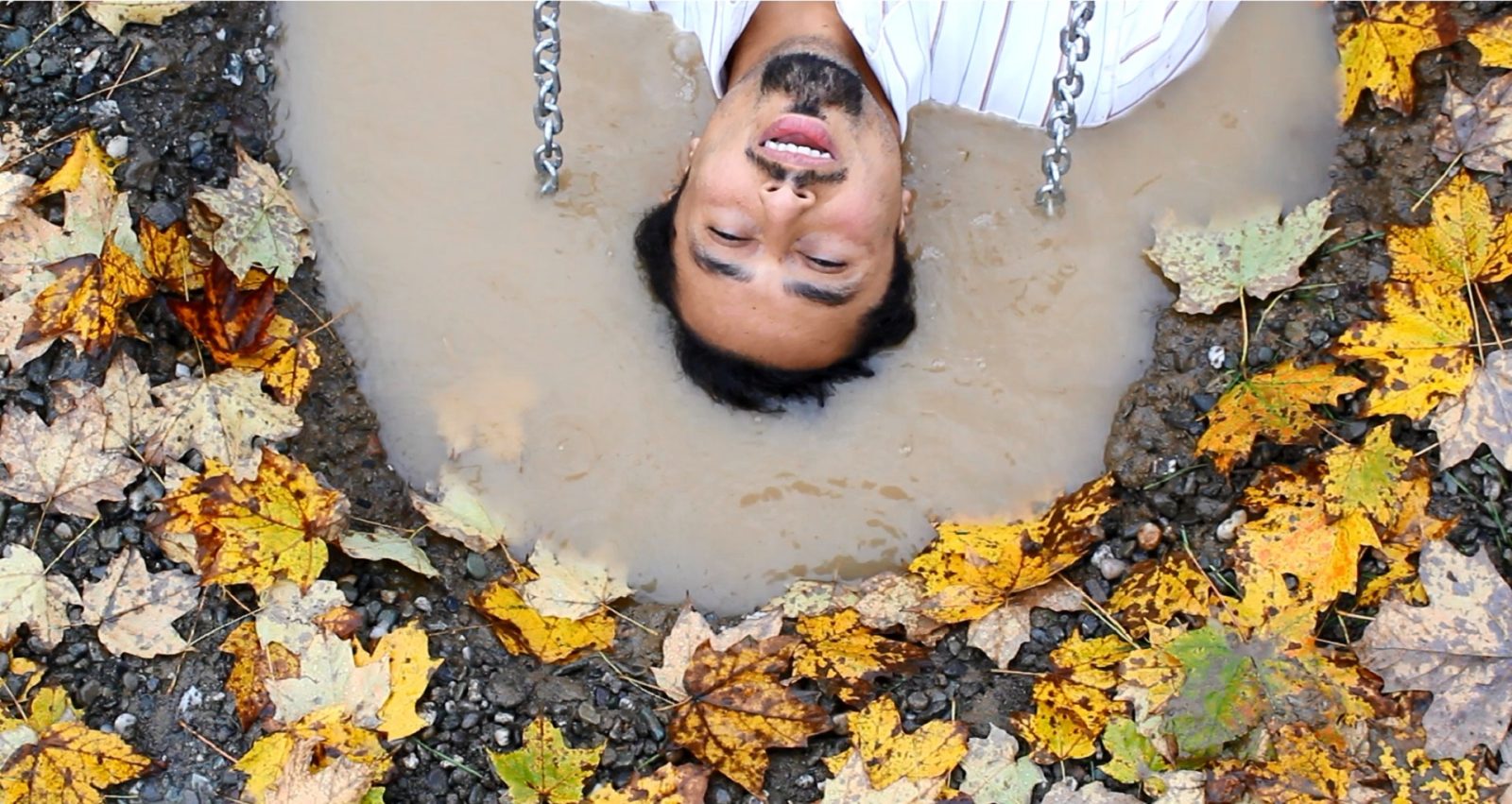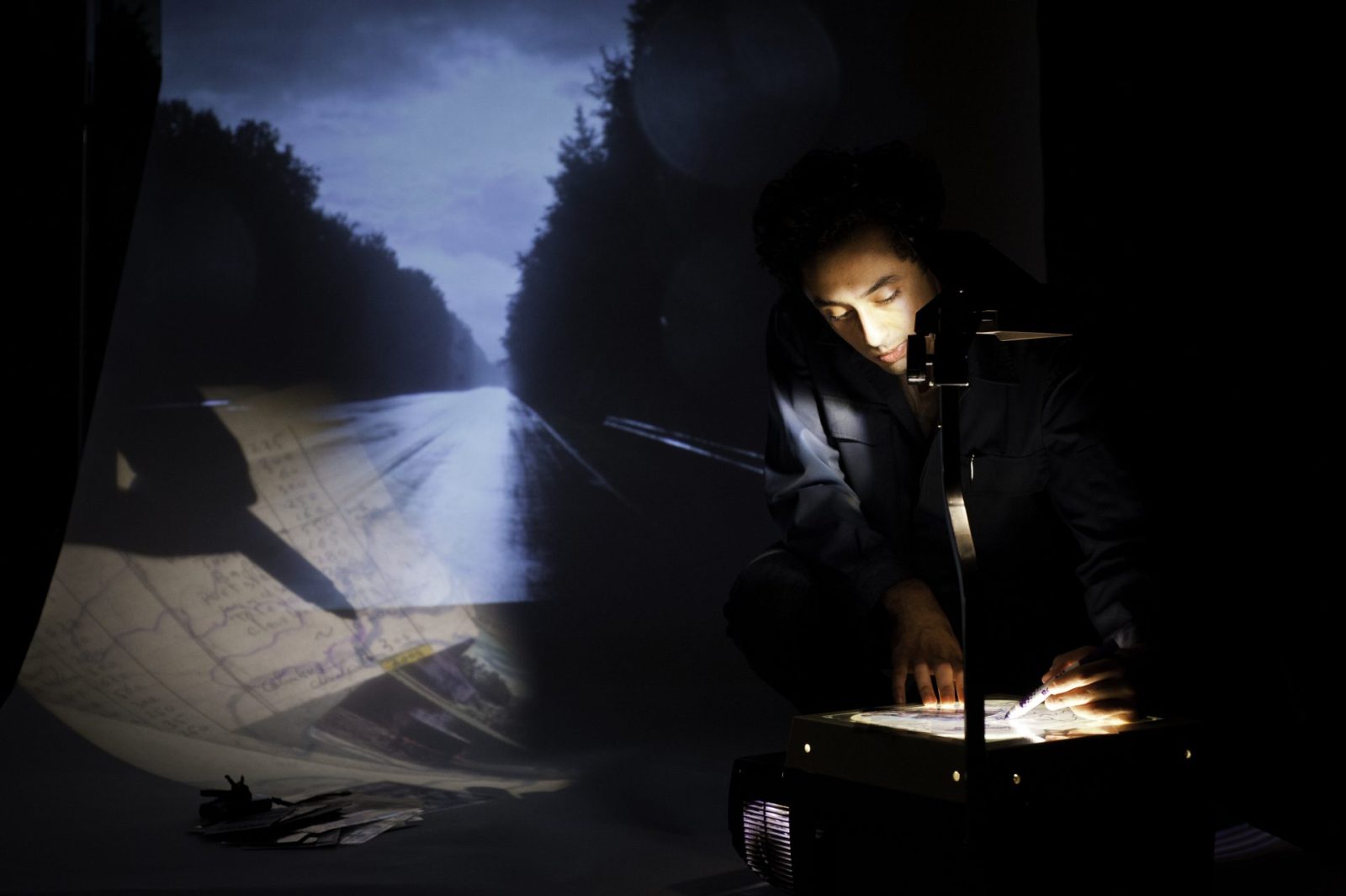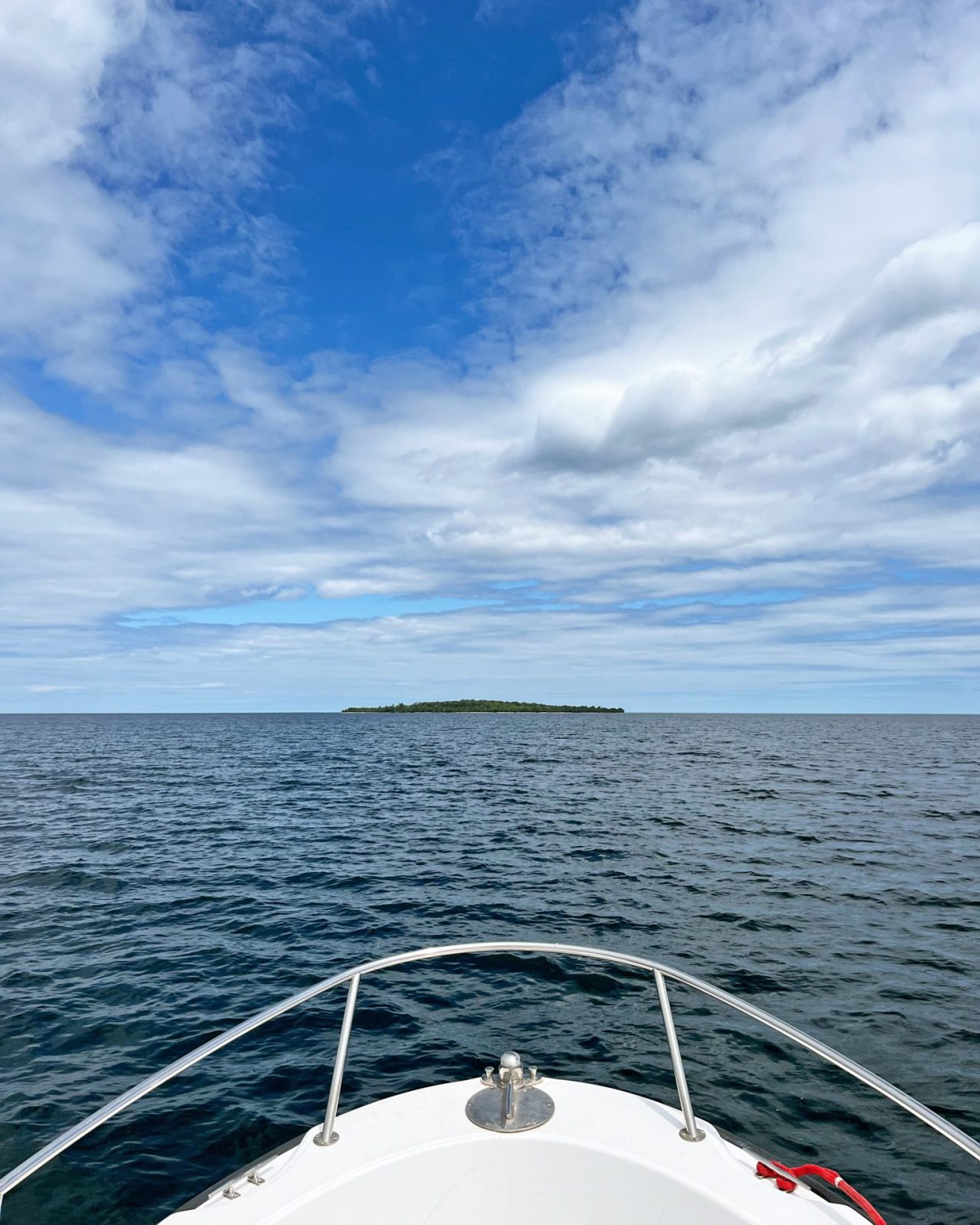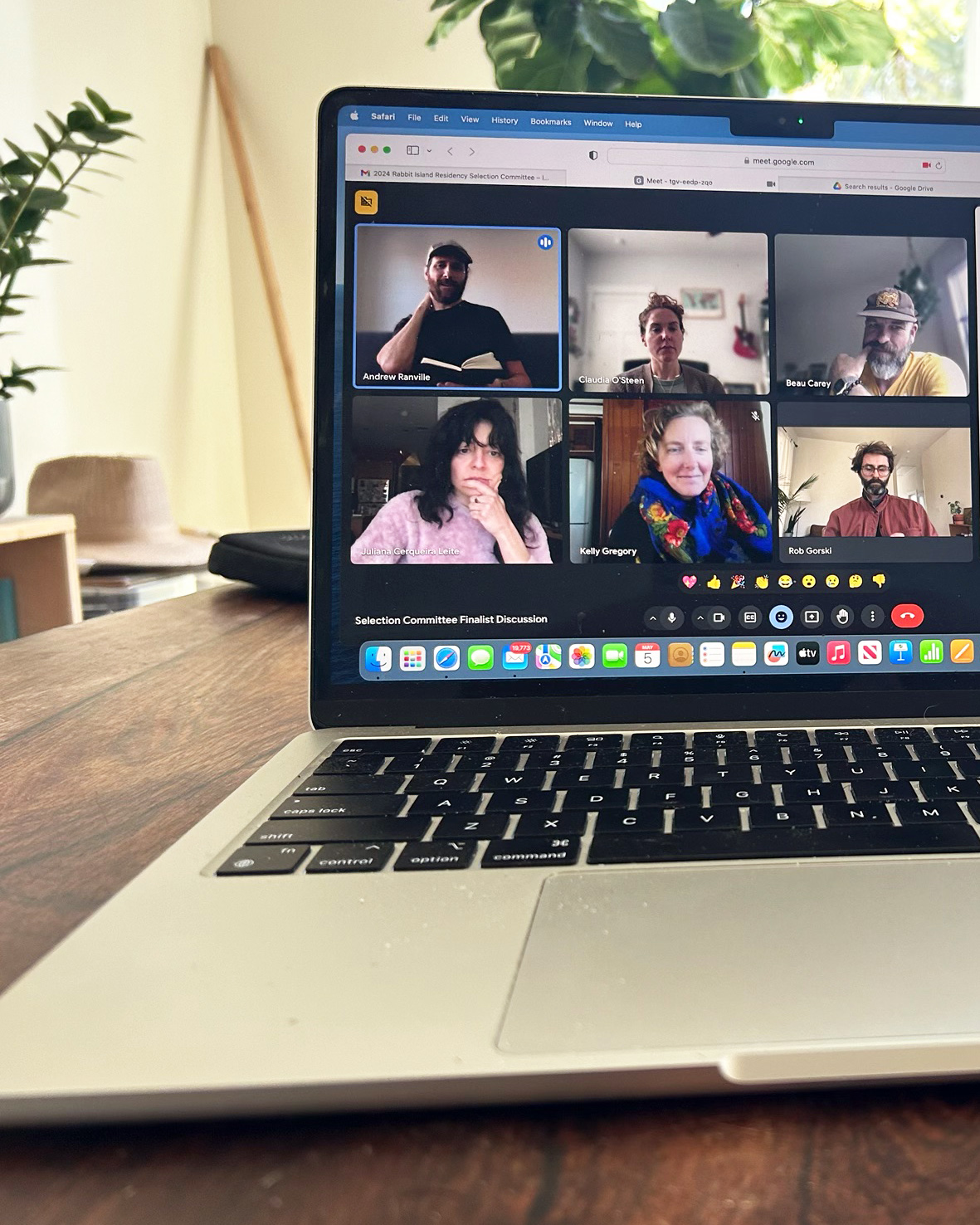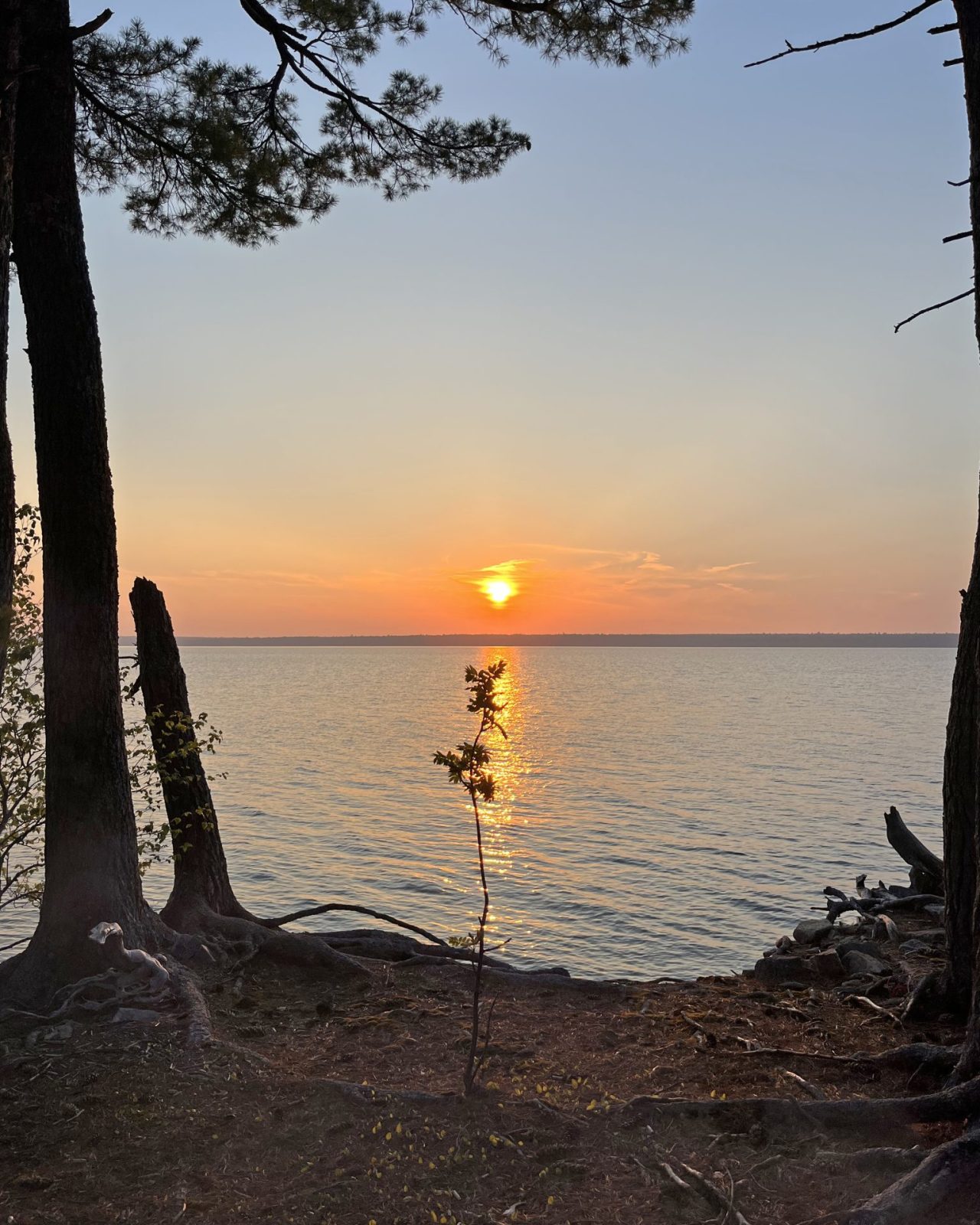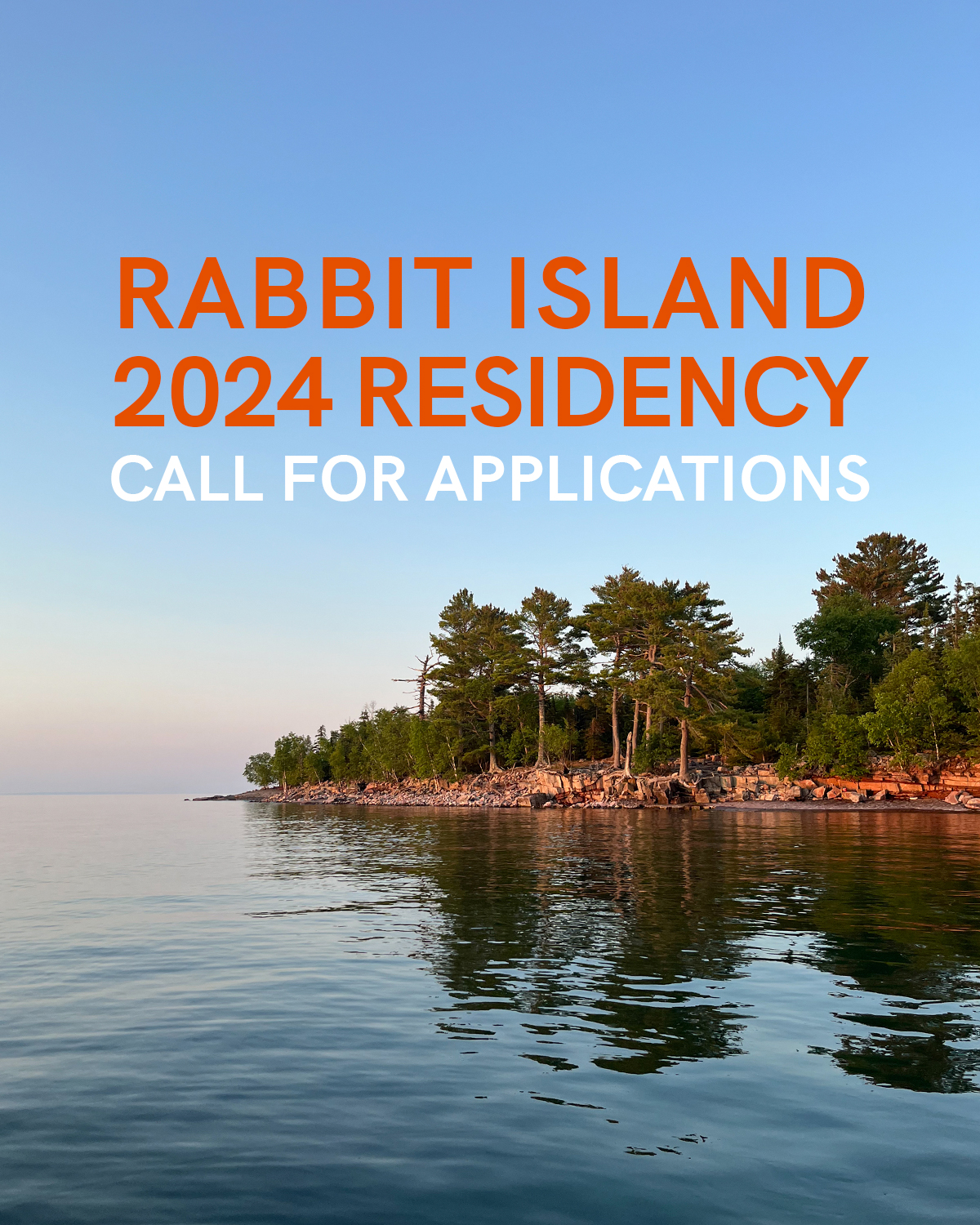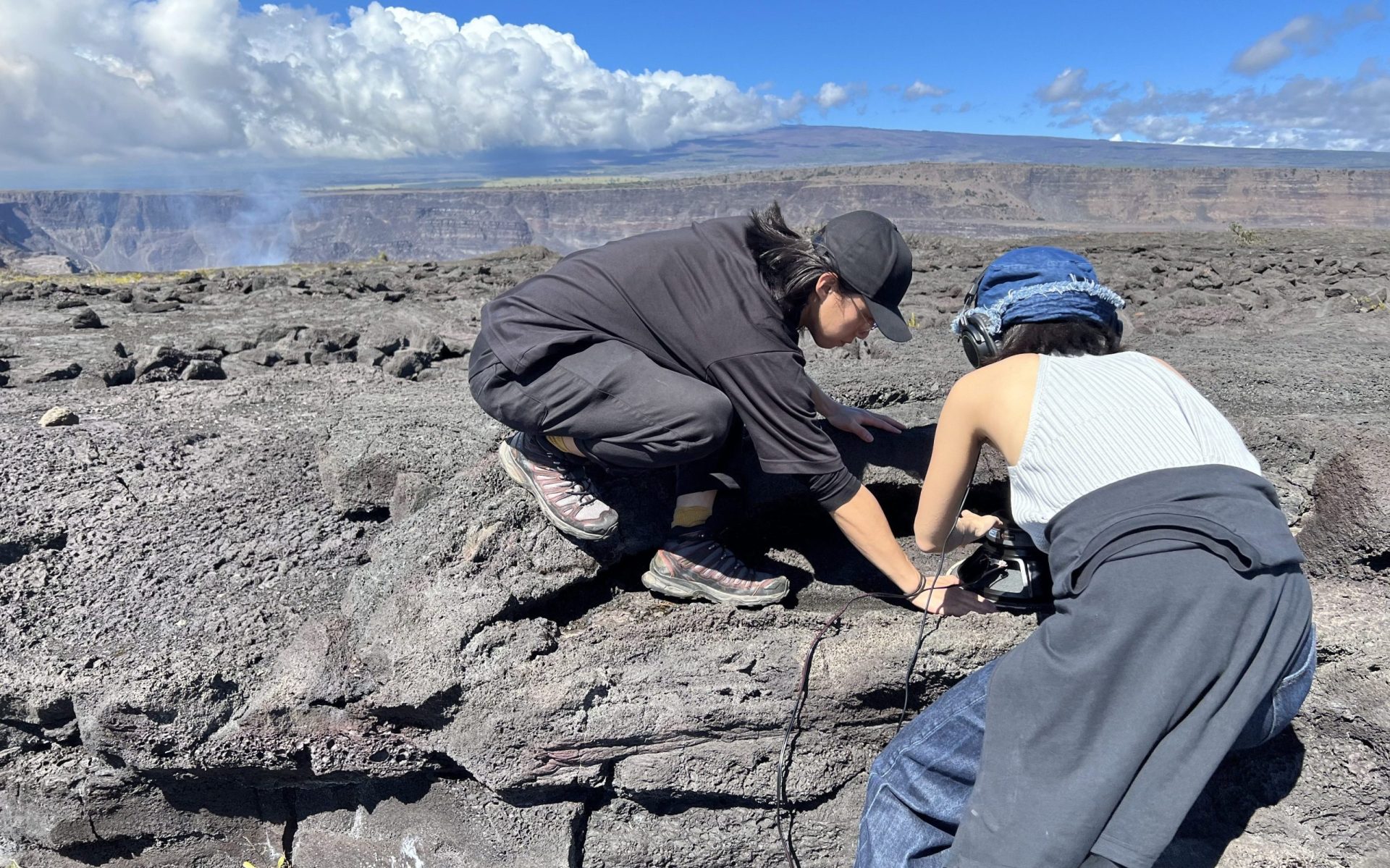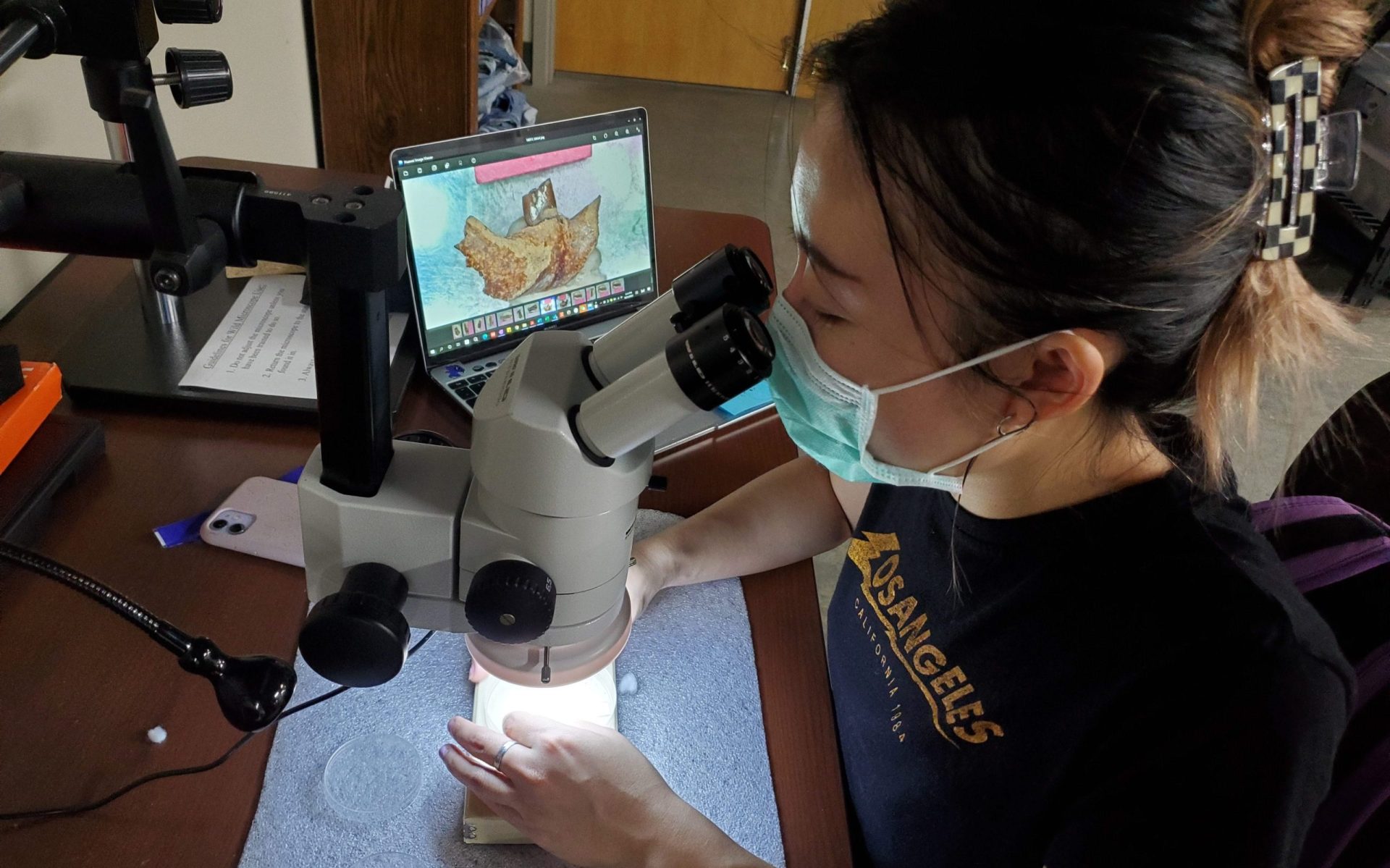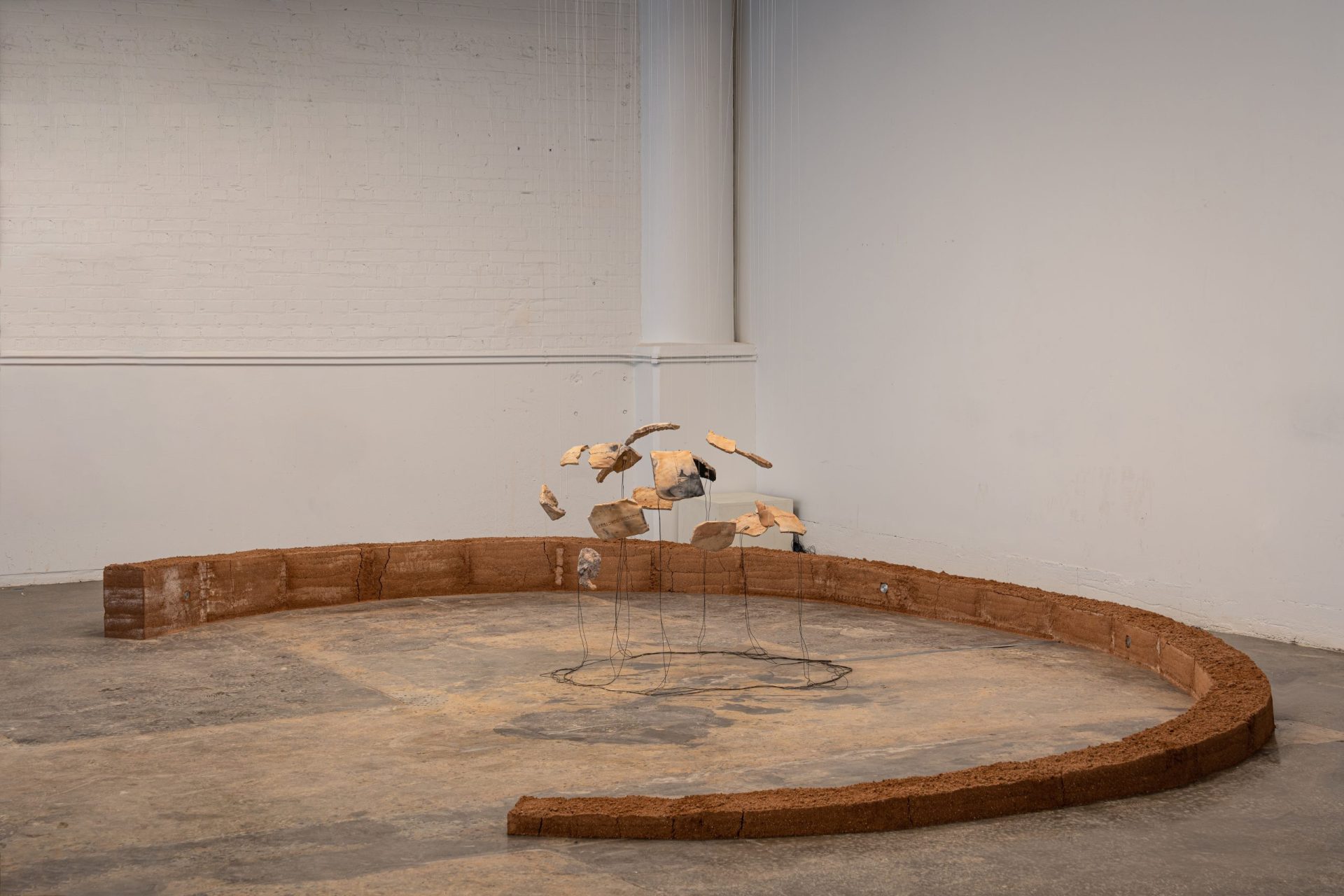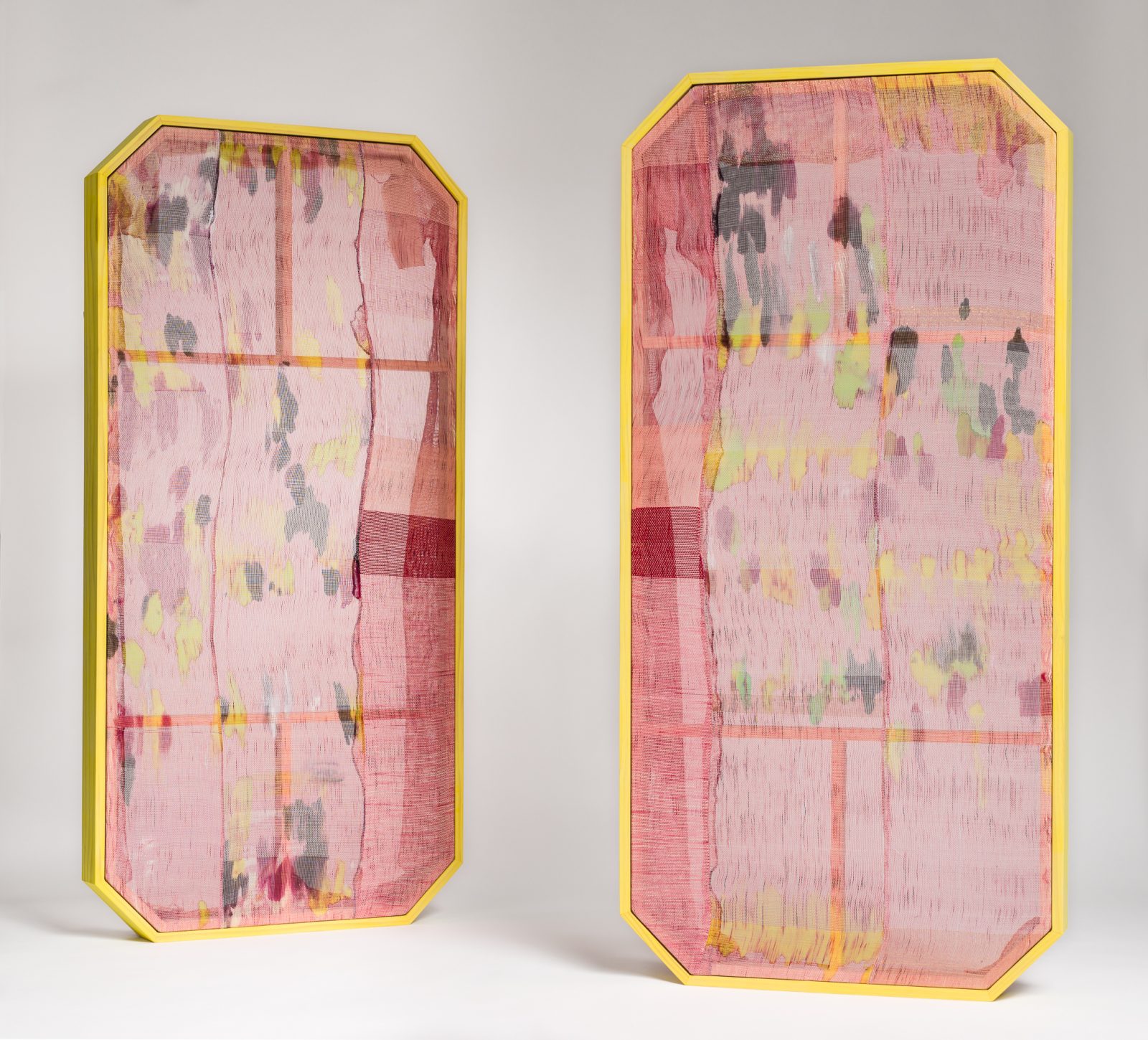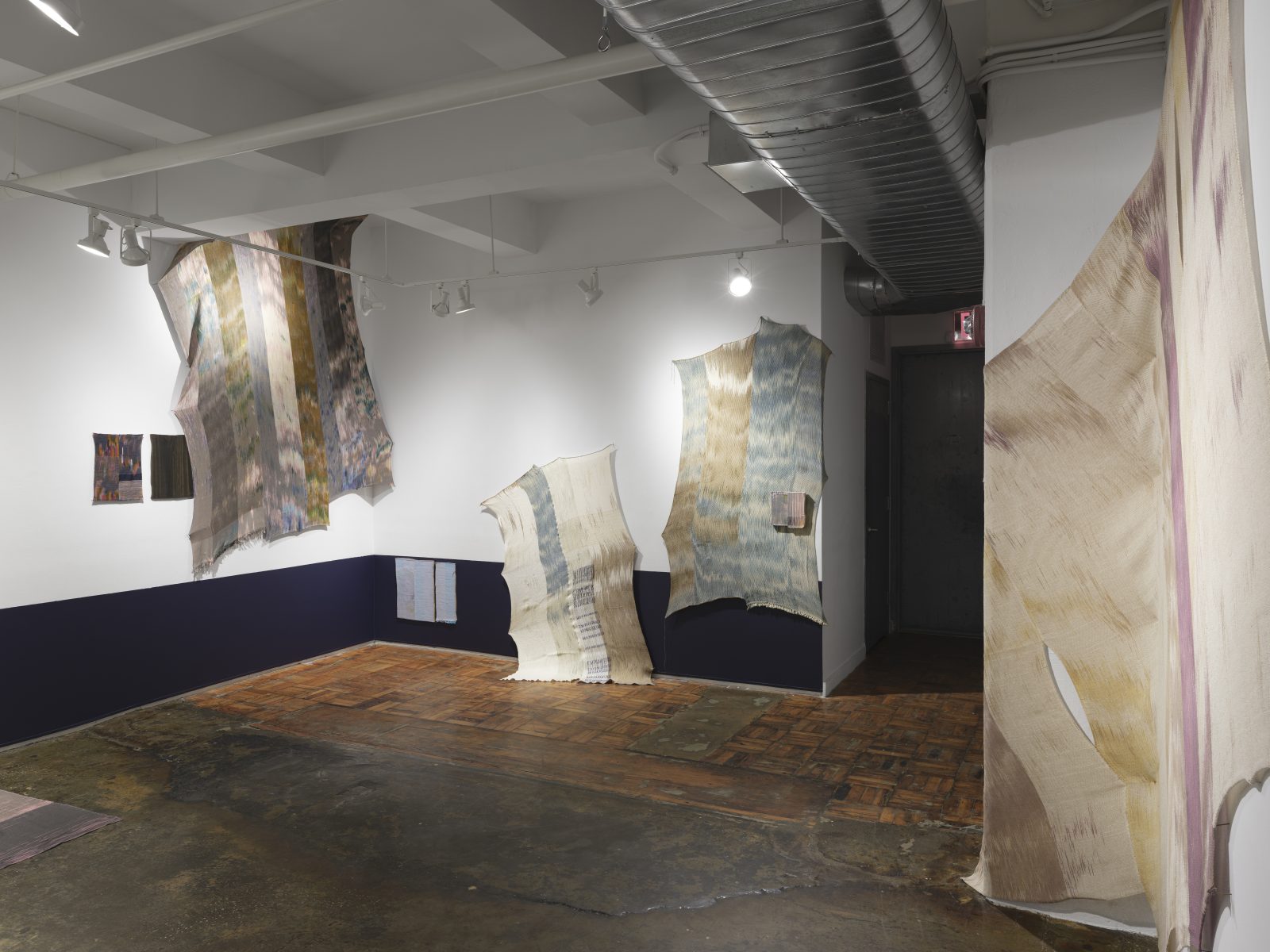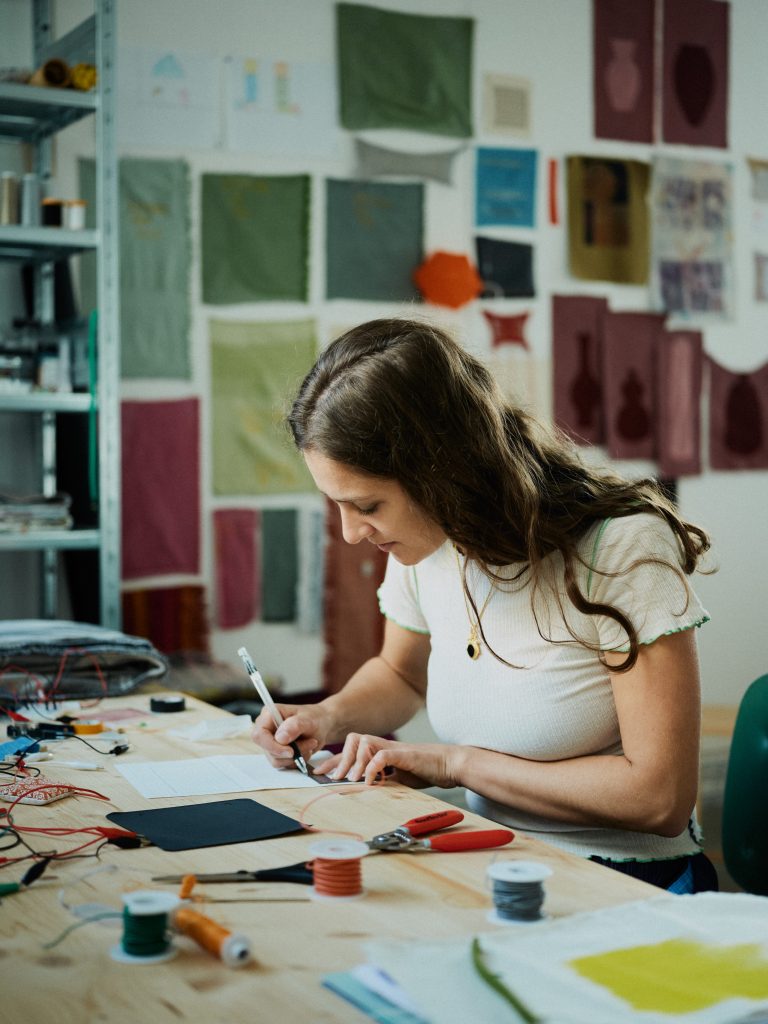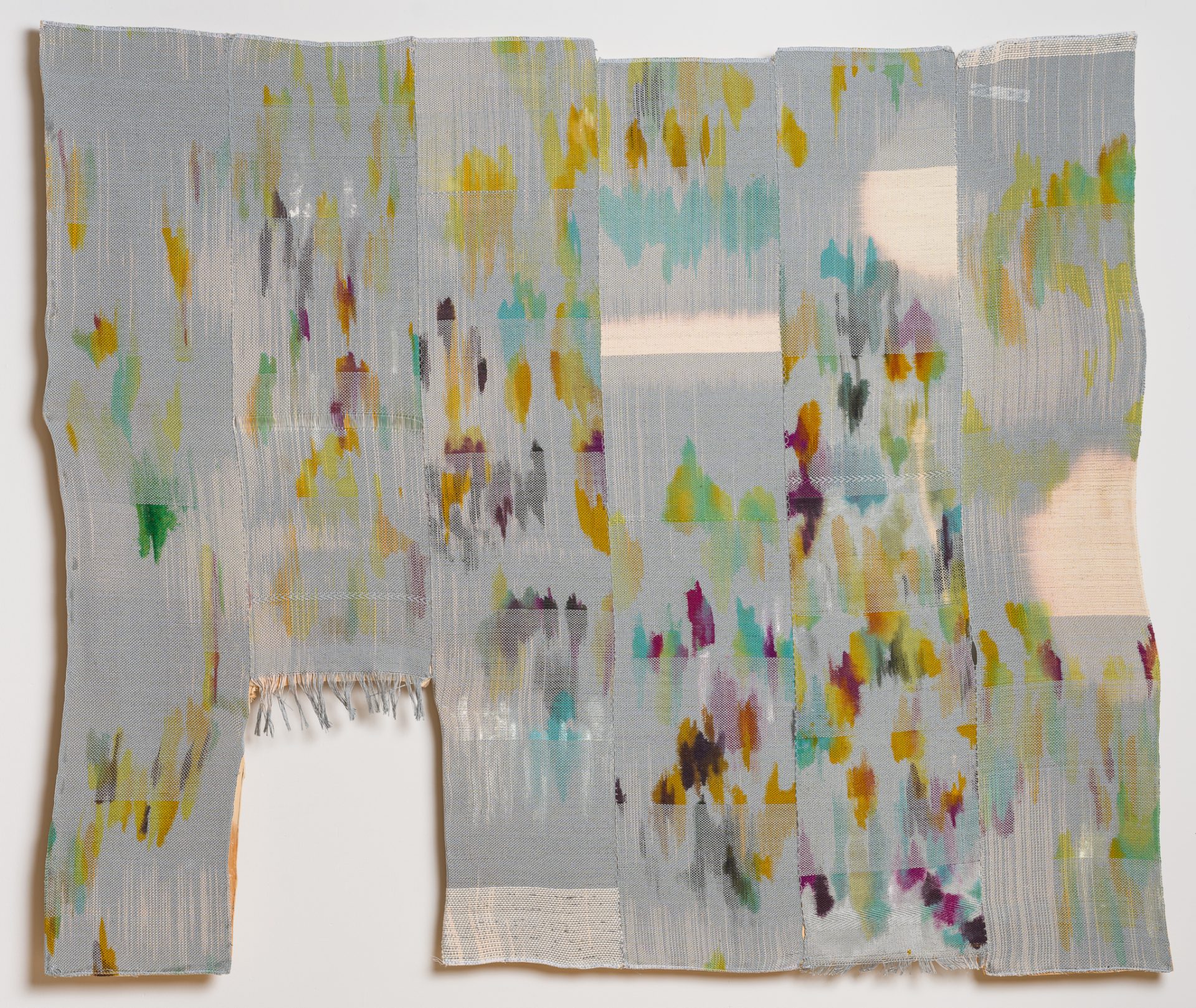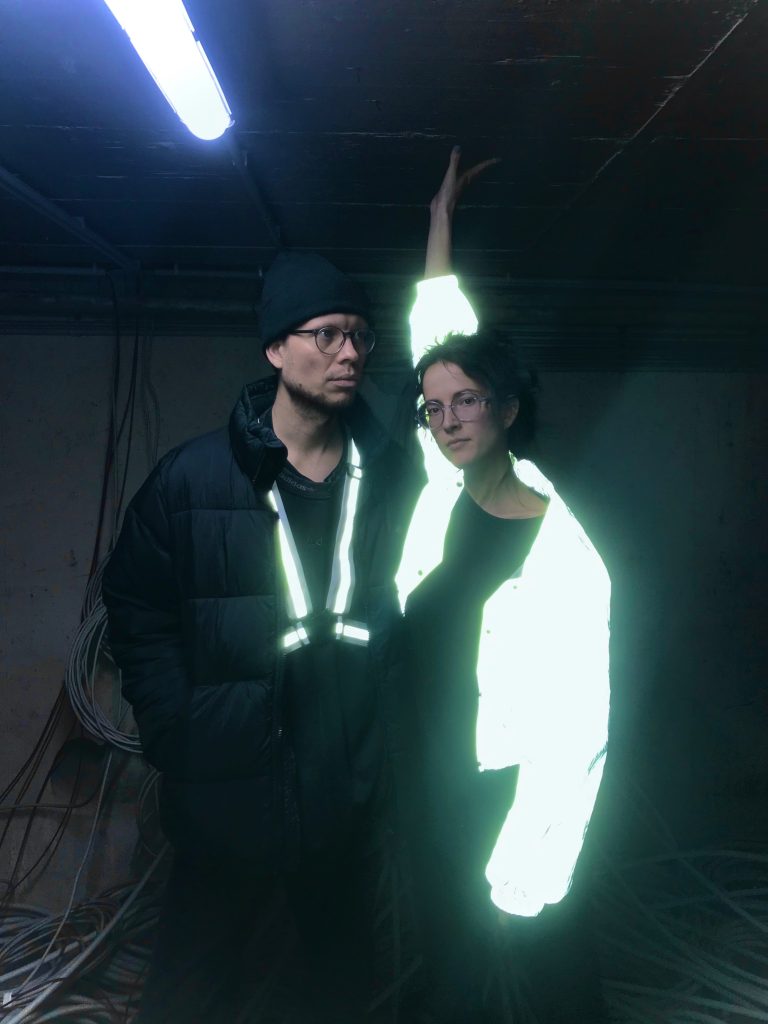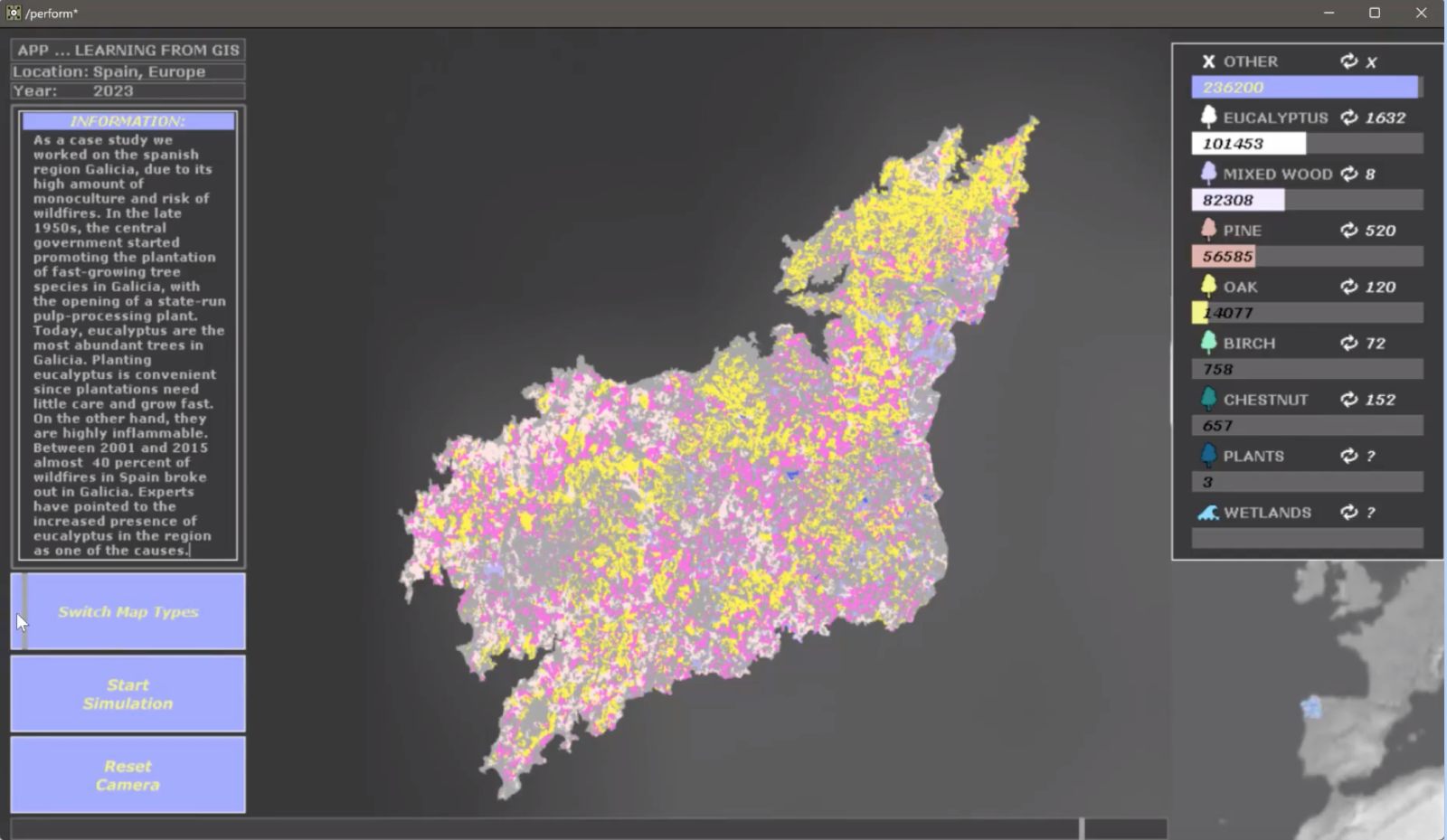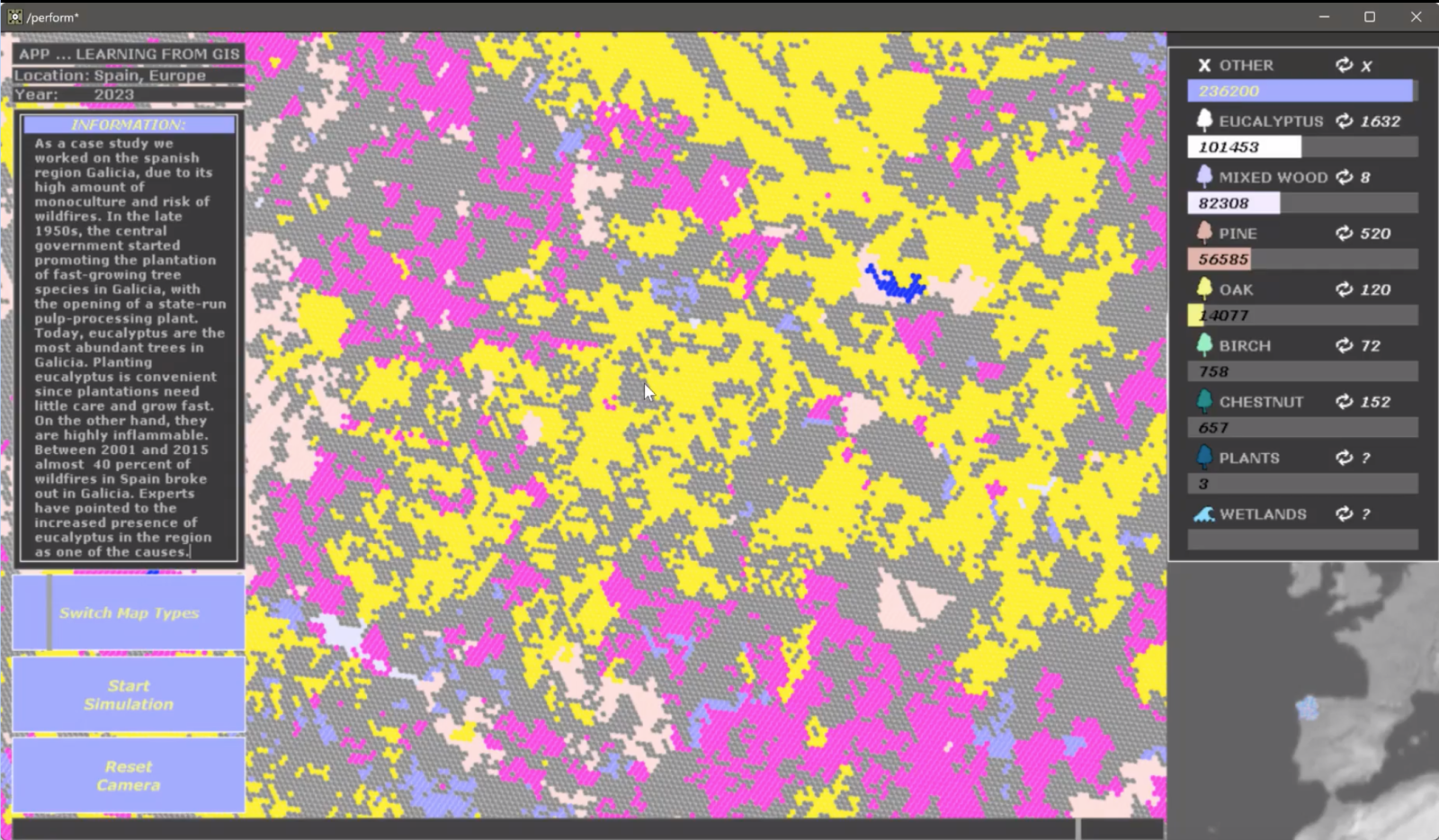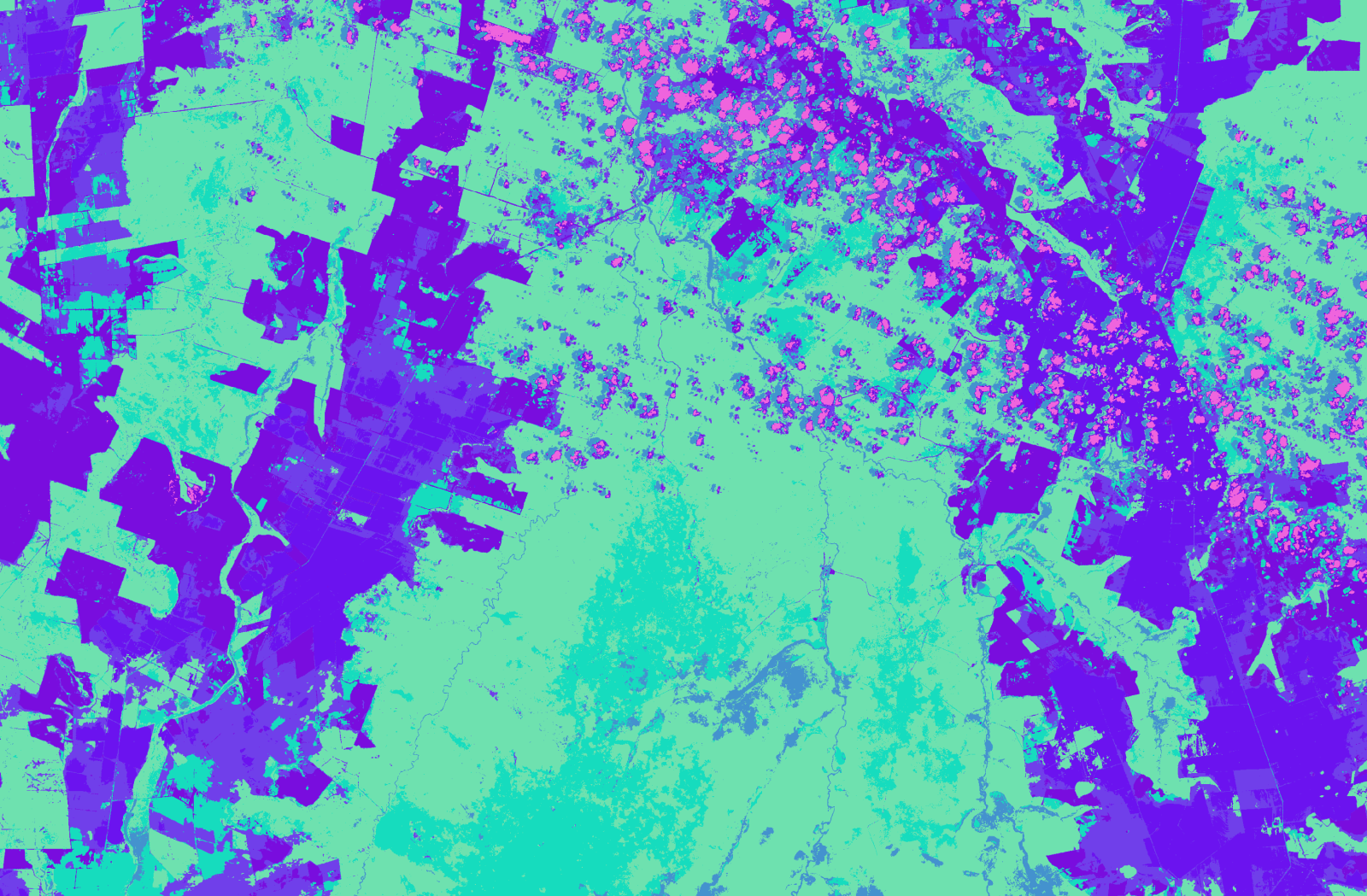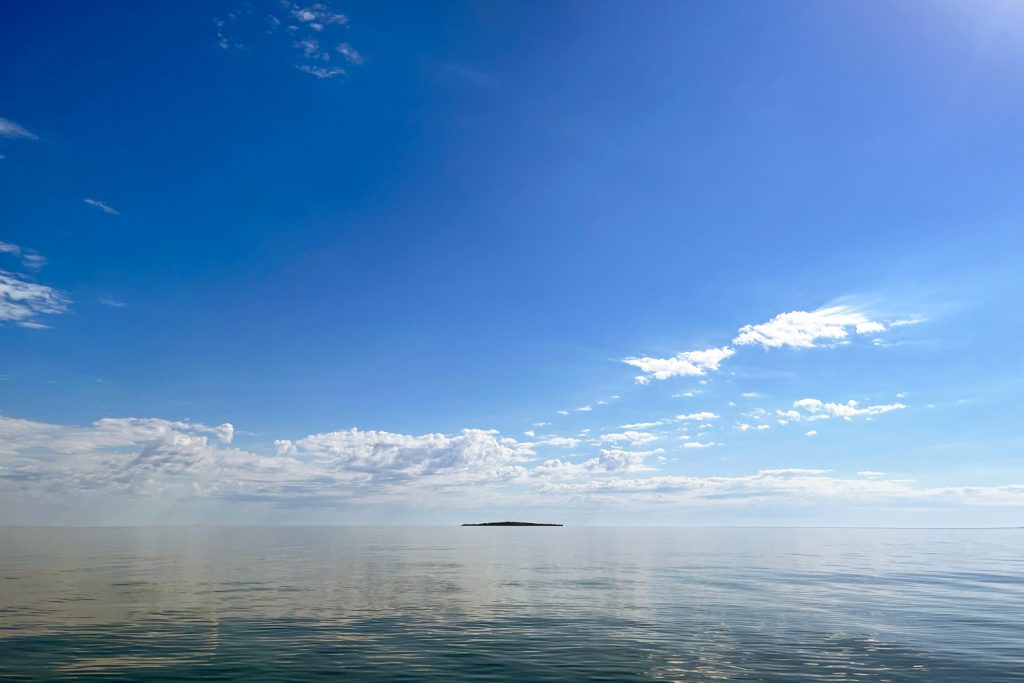2025 Residents
Congratulations 2025 Residents
The Rabbit Island Residency is pleased to announce the selection of three residencies for its 2025 program. Each residency will be supported by an unrestricted honorarium of $4,000 USD, made possible by generous grant funding including a Core Grant from Ruth Arts, and donor contributions.
Kara Lynn Bressler
Anastasiya Tarasenko & Alexander Costa
Dayton Hare
Below we share the brief biographies, along with the artist statements and residency proposals from the residents' applications. We acknowledge that proposal ideas may evolve as the residents experience life and work on the island. We look forward to working with the residents, sharing their experiences on the island, and expanding the story of Rabbit Island through their research and work.
Since its inception in 2011, the Rabbit Island Residency has supported the 48 residents and over 90 collaborators. These residencies have resulted in a diverse range of artistic expressions that critically engage with issues of conservation, culture, and our relationship with the natural world. We are confident that this year's residents will continue this tradition and contribute valuable perspectives to these ongoing dialogues.
The selection committee extends its sincere gratitude to all who applied to the 2025 Rabbit Island Residency program. The pool of applicants was exceptional, and while we regret not being able to offer additional residencies, we are honored to be welcoming and working with Kara Lynn, Anastasiya and Alexander, and Dayton this summer.
Rabbit Island 2025 Residency Selection Committee
Ale de la Puente, 2024 Resident, Artist
Tanja Geis, Artist/Curator
Dehlia Hannah, Curator/Writer
Kelsey Issel, Curator/Producer
Rob Gorski, Cofounder/President
Andrew Ranville, Cofounder/Director, Artist
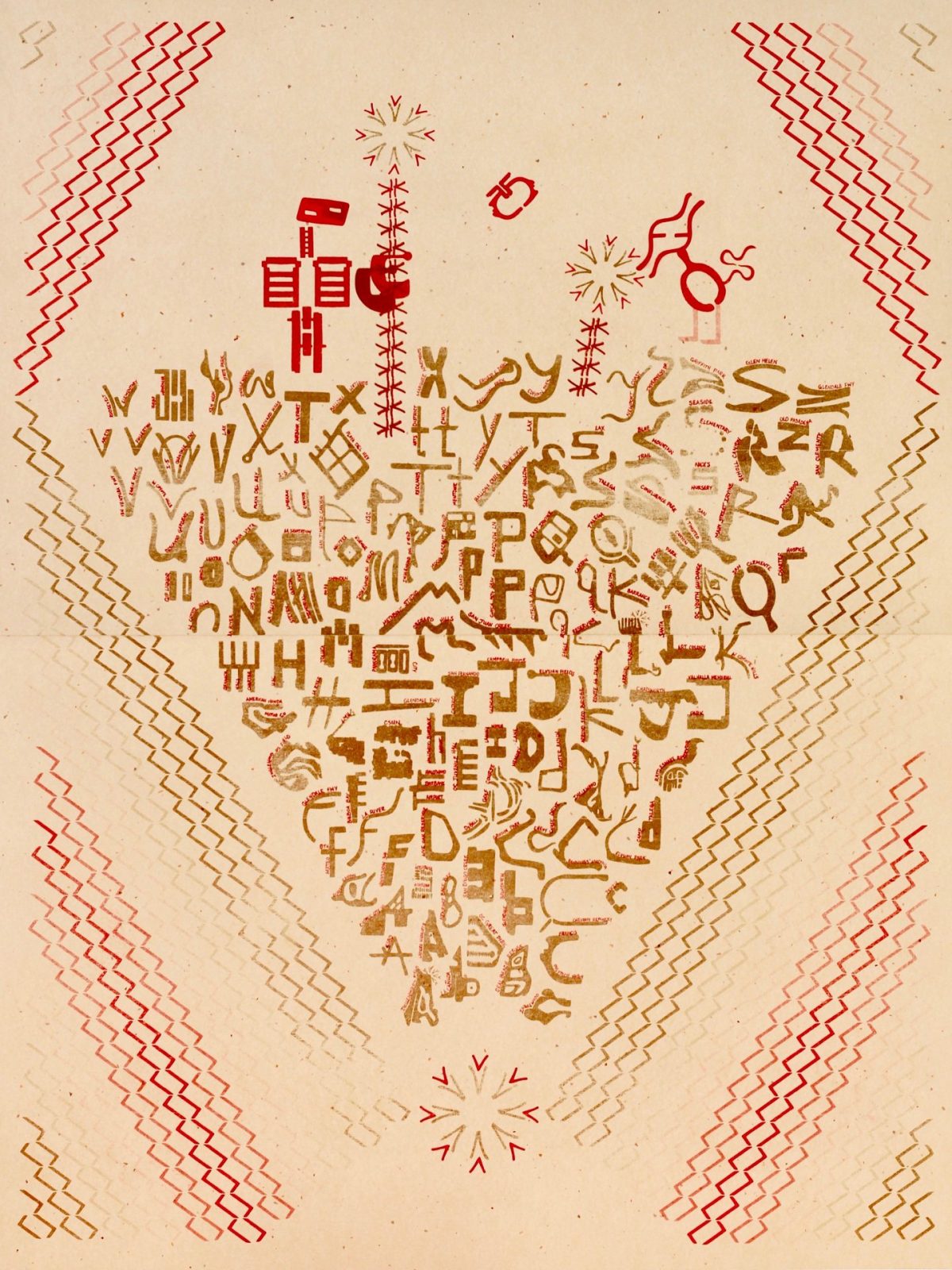
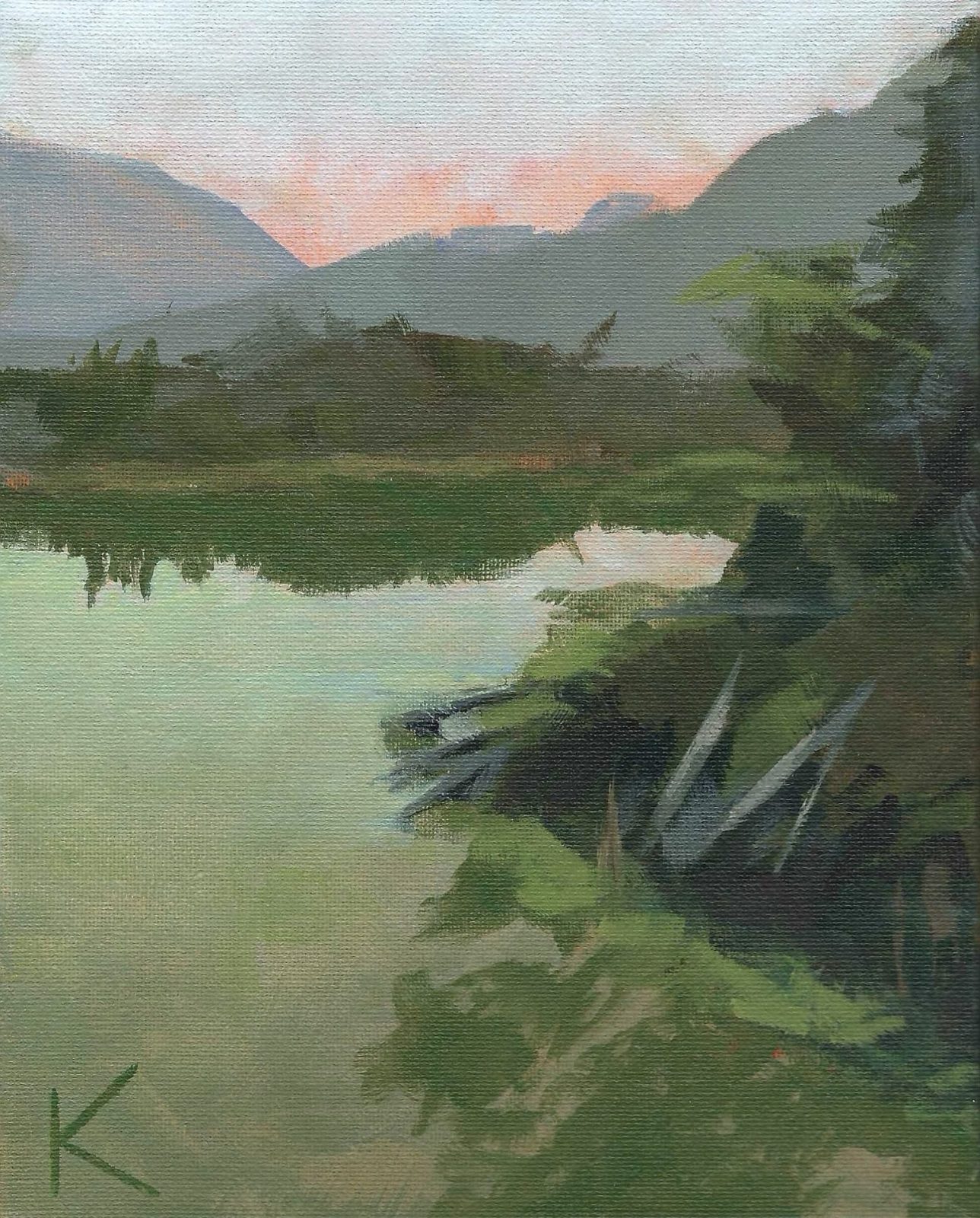
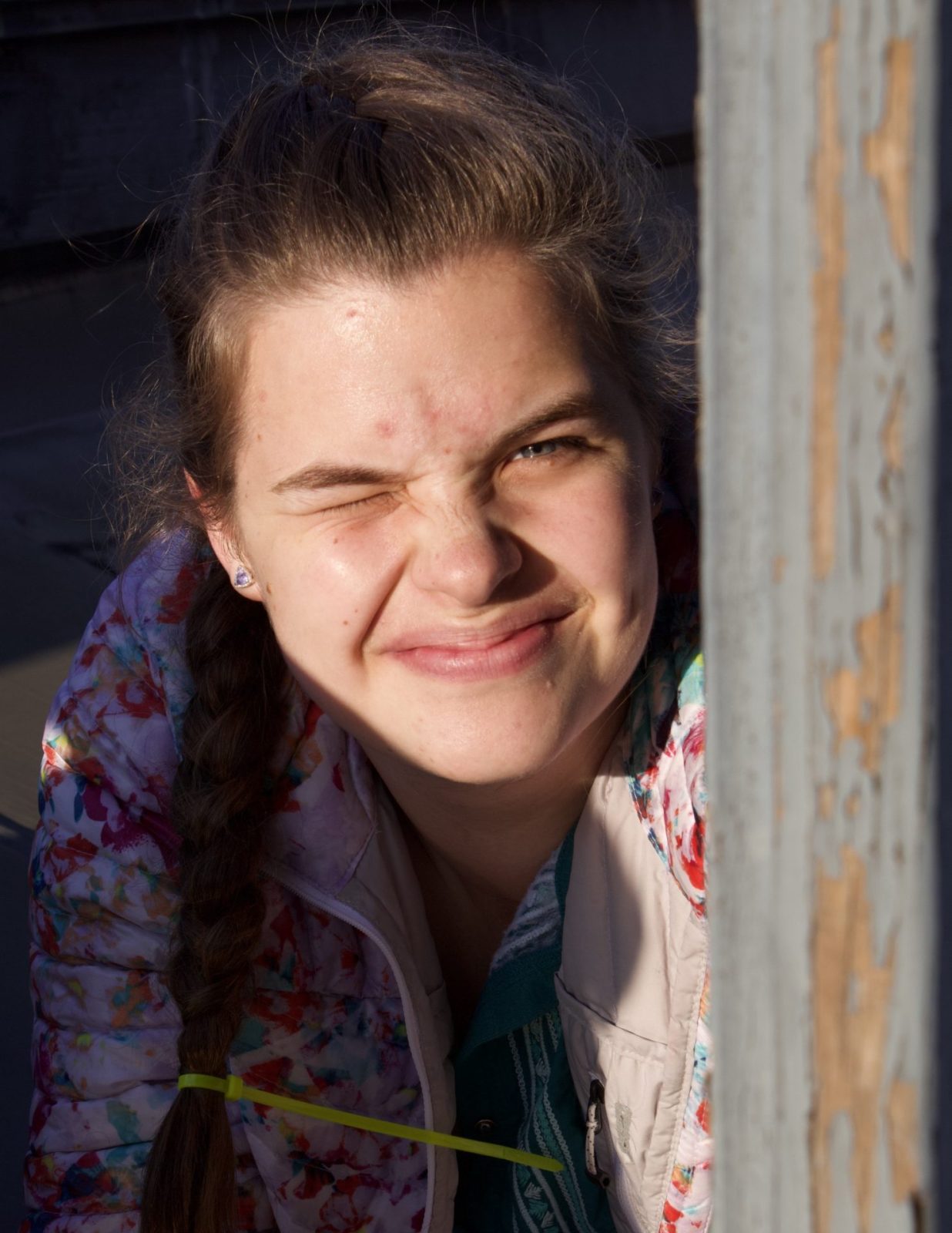
Kara Lynn Bressler
Biography
Kara Lynn Bressler is a listener, light observer, geo-typographer, outdoor educator, technologist, and visual artist. Kara grew up in Southwest Florida and currently lives in Los Angeles, California, where she works as an animation lighting artist for feature films like The Wild Robot while running her own multimedia art practice, collaborating on font-based research with interdisciplinary researchers including members of the Utah Diné Bikéyah, Lassen Volcanic National Park, The Brooklyn Rail, and MIT Media Lab.
Kara holds a Bachelor of Science degree in Engineering, Computer Science & Visual Arts from Princeton University, where she also worked as a Leader Trainer and Outdoor Educator for Outdoor Action.
Artist Statement
I often think about the elements of language—internally playing with letters and phrases, scanning my physical world for glyphs. My continued research practice of Topography Typography involves glyph detection and typeface creation from physical spaces, ultimately creating place-based fonts. It is my intent with these fonts to keep elements of the physical landscape in the text’s textural experience.
I enjoy watching light. My perception of light shapes my everyday perspectives and helps me feel grounded. I’ve trained my eye to focus on small details: light traveling through water creates dancing caustic envelopes, light hitting building windows creates warped reflections, and light piercing into internal spaces creates graphic shards. These moments are art. I plein air paint to watch how light affects value, composition, and mood while I connect with nature and my local community.
These graphic languages—of typography, of light—keep me searching. Using these languages to help me focus, I dive into intersections of nature, computer graphics, graphic design theory, and experiential education. I’m interested in examining visual and media theoretical patterns while locating and emphasizing poetic moments.
Proposal
For my artist residency, I propose a typographic exploration of Rabbit Island which likely includes:
(1) the completed Rabbit Island font,
(2) an abstract typographic map of the island,
(3) a daily routine of light observation, and
(4) a design for a postcard accordion book.
My continued Topography Typography practice has often used satellite imagery as a starting dataset from which I identify and curate geographic glyphs (geoglyphs) to form the basics of language for my place-based fonts. Often, the geoglyph boundaries I find are formed by human infrastructure.
On Rabbit Island, I would like to take the chance to find the elements of language in a place without these artificial boundaries. While I may still use satellite imagery to inform my search, I would like to find my typographic shapes in-person, in-situ, and on the ground. While on the island, I’ll curate a batch of found letterforms formed by local nature and light. I’ll create a plein air study at the location of each geoglyph, twenty-six in total, one for each letter in the alphabet.
These studies will end up taking the form of a postcard accordion which will also include a collection of my written thoughts about light—from personal, historical, and scientific perspectives—typeset in Rabbit Island. By the end of the residency, I’ll have a prototype design for the postcard accordion with the intention to print and circulate the small book after the residency. Keeping an element of the referent landscape in the visual building blocks of language, the Rabbit Island font will allow this space’s unique topography to remain at the center of the published message.
By examining this landscape through the lens of the basics of language, I hope to build paths for folks to reflect on the importance of deep observation, nature conservation, and land stewardship.
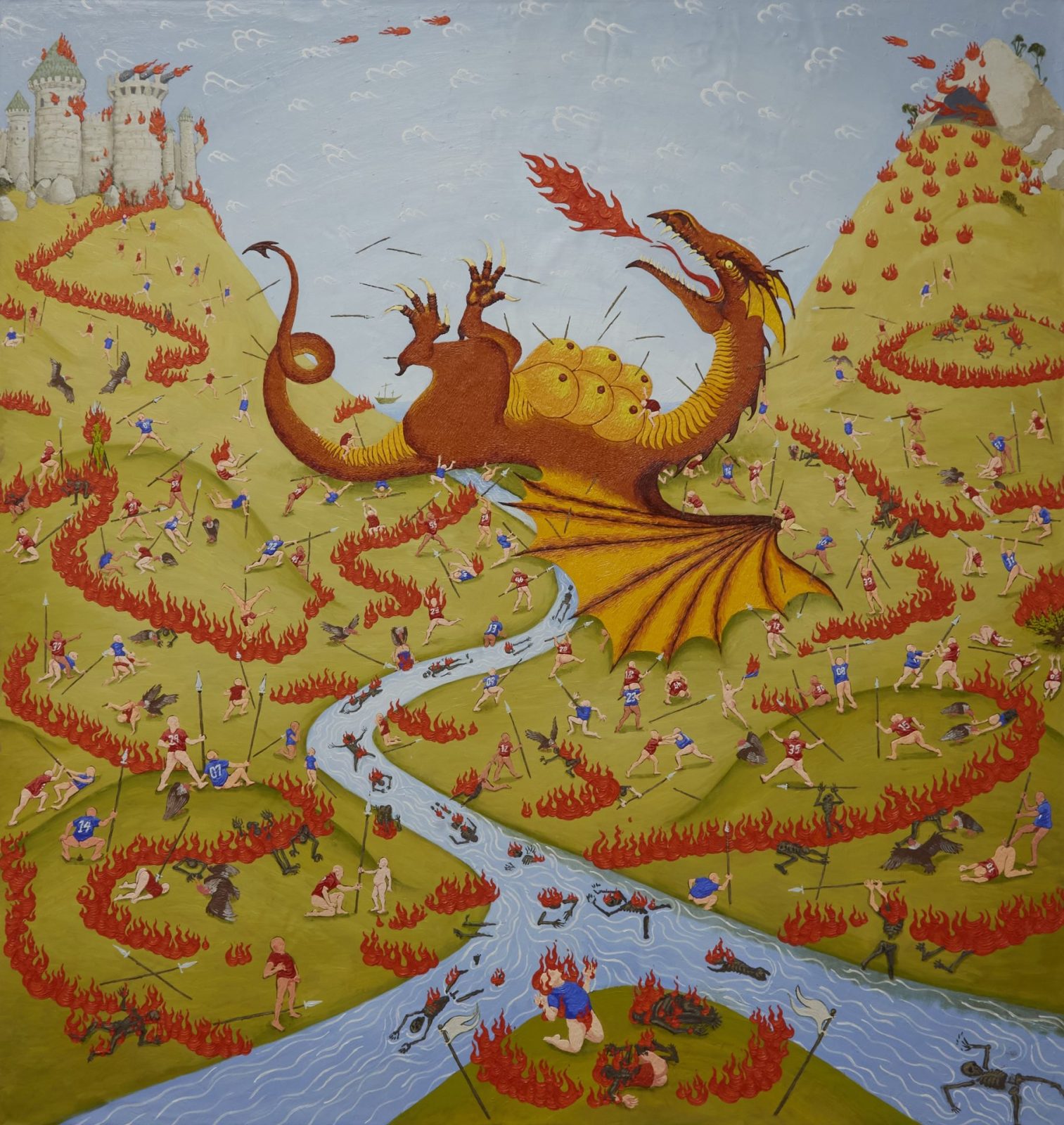
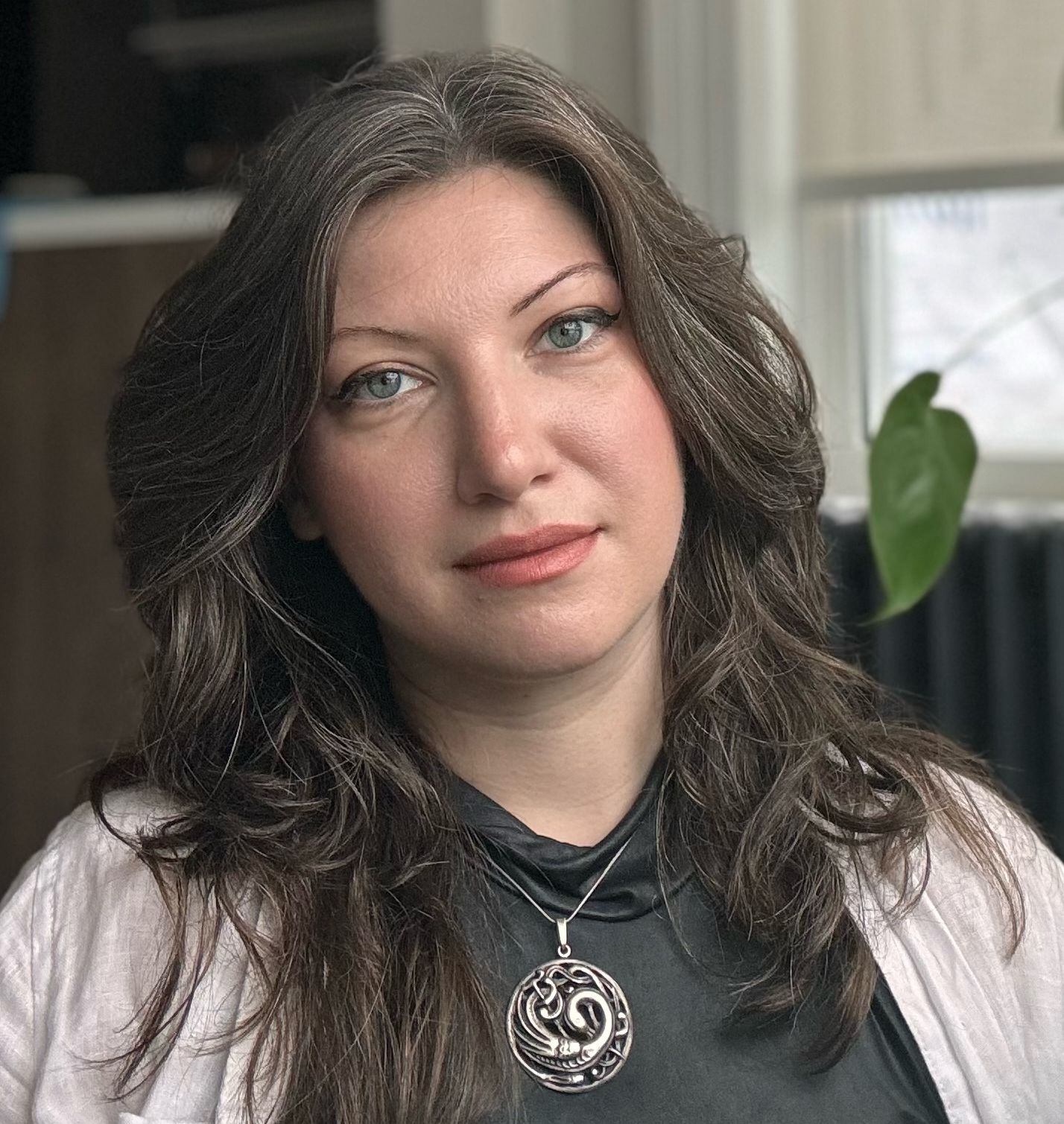
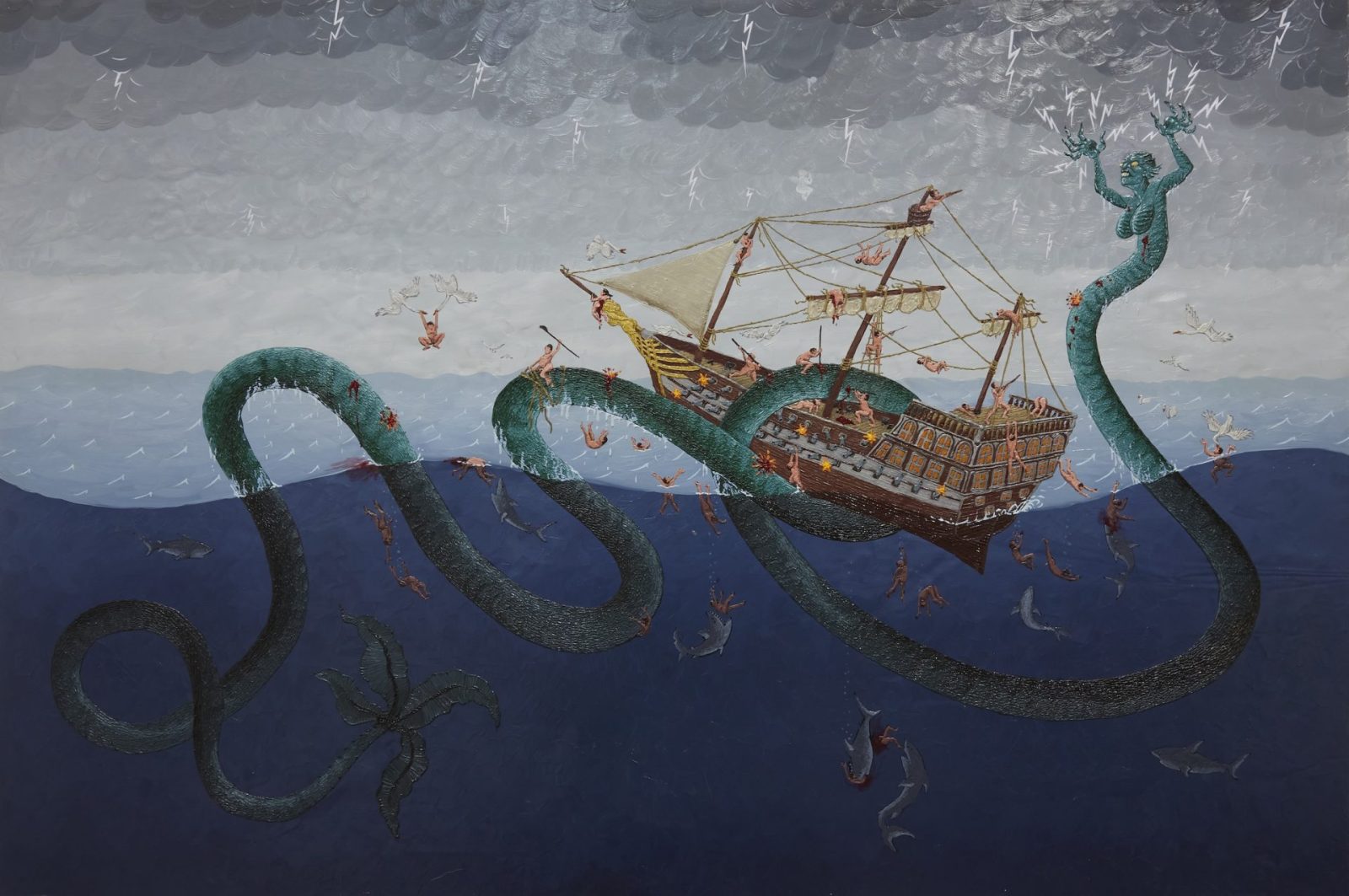
Anastasiya Tarasenko & Alexander Costa
Biography
Anastasiya Tarasenko is a painter based in New York City. She was born in the former Soviet Union, Ukraine, in 1989. Her family moved to the United States in the mid-90s. Anastasiya's collaborator, Alexander Costa, was born in Queens, New York, in 1987. He is Anastasiya's partner in life and muse. Alexander is a retired ballroom dancer and is a continual source of inspiration for Anastasiya, helping her generate complex poses and ideas for her paintings.
Anastasiya holds a MFA from the New York Academy of Art; has received international awards and residencies from 2016–present; been featured in numerous publications; exhibited internationally in group shows; and has had several solo exhibitions of her work in New York City and Boston.
Artist Statement
My work is at the intersection of my identities as an American, a Ukrainian immigrant, a Jew, and a queer woman storyteller. In my most recent body of work, and my work in general, can be best described as a form of complex world building. Dozens of small narratives are combined on a single panel to form a grand, gods-eye view.
From a physical standpoint: they are highly textured oil paintings; touchable. They are precise yet reductive. I have resurrected an old painting medium, copper, which was used hundreds of years ago. Through it, I am able to achieve an enameled look with the paint while the visuals pay homage to medieval and renaissance imagery and motifs.
I take my time, I start with a sweeping landscape, or seascape. I paint my cast of characters like a director directing a play. They interact, often in unsettling ways, with each other and their environment. They laugh, they kill, they eat, they die. It is often difficult to distinguish any protagonists. Indeed, as in real life, there rarely are any.
Essentially, my paintings are a critical reflection of contemporary culture as it intersects with the universal and constant truths about the darker side of human nature. I use details of humor and whimsy, bodily function in all its ugliness. Taking a closer look is rarely boring. By combining ancient themes with contemporary ones, I strive to reinforce that history is always with us and within us. What drives us forward? What holds us back? And in what ways do we remain distinctly animal?
Proposal
I was born and raised in the cities, as far removed from nature as one can be. My world has been one of concrete, fences, clear delineations of where to go and what to do. I am both in fear and in awe of being alone in a place where no such clean distinctions exist. From my perspective, nature is a concept, one that I explore now in my paintings. It is precisely the tension between the “civilized” man and his animal nature that I find fascinating. Our bodies and minds evolved in the untamed wilderness and now we find ourselves within the confines of square walls physically, psychologically and socially. These thoughts have formed the basis of my art practice at its core. There is symbiosis and there is a war within us. We take advantage of nature’s gifts as we shirk our responsibility to maintain its equilibrium. Humanity feels like a swelling virus at times, seeping into every corner, turning over every stone on our planet in search of what it would benefit us. In my painting, St Georges vs. The Dragon, nature is represented by a great dragon being taken down by small, insect-like humans; swarming and taking her down. But it is to their detriment. The fire engulfs them too.
I operate under the greater historical context of painting. Landscape painting has always been a fascination to me, particularly because it encapsulates that which cannot be contained, nature itself. And then it is hung on the square walls of a private home, grand castle or museum. It’s as if both the painter and patron can say they have captured the sublime. An artist can spend a lifetime on this endeavor, collecting the sublime moments of nature, or at least attempting to. And I too have this same yearning, with magic both in the observation and the translation.
Alone on an island, although with everything equipped for my survival, still means a profound solitude in an environment that is merely hosting me like a small, fleeting insect. I am there and then I am not. What does it matter to the trees? To the water? And yet, the position there does present a rippling impact on everything around me. The leaves I displace by my footsteps, the dirty water I leave behind after showering, and even the traveling I do to get there is not without impact.
On Rabbit Island, I will immerse myself in painting scenes of man in nature, with my partner, Alexander Costa, playing the part of my model and muse. The traditional job of the muse is to be observed in the hopes that inspiration will follow. I will document him in a series of drawings and paintings one normally associates with civil, polite studio painting. Except this man is in the wild, in his ancestral environment, or at least attempting to be with a certain kind narrative, theatrical and humorous flair my art generally embodies. Much like most people in contemporary society, here is a man that enjoys nature but never gets to immerse himself in it. Well here is his chance; and I will be in the woods observing like David Attenborough except with a sketchbook and not a camera.
I will also write extensively to elaborate on my thoughts of this interplay. I imagine a whole body of work that contemplates the human position in a vast world in which they both belong and accept and yet fear and reject; one which profoundly overpowers them and yet serves as a mere backdrop for their self discovery.
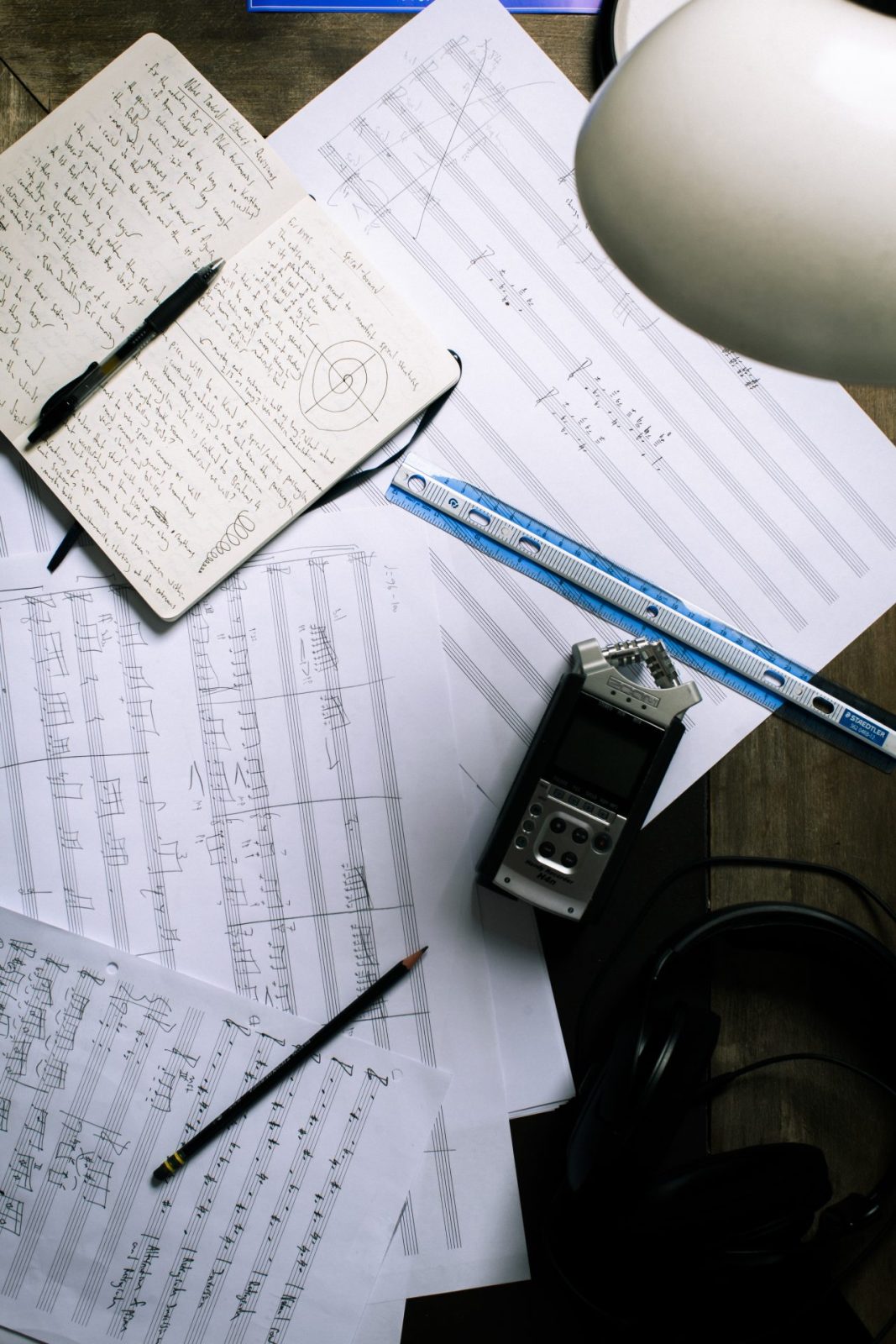
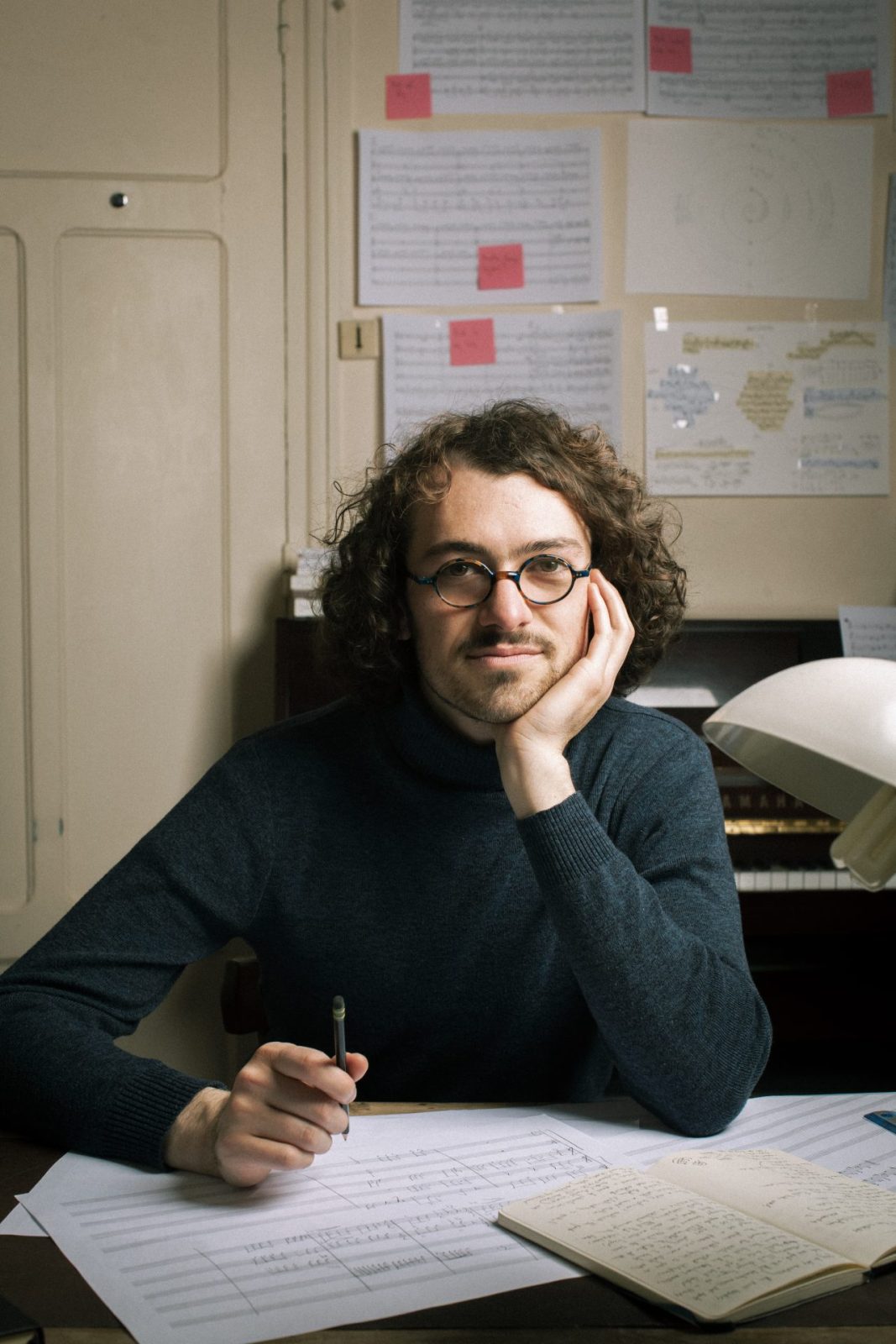
Dayton Hare
Biography
Dayton Hare is a composer from Colorado who often draws inspiration from elements of the natural world around him, striking a balance between narrative and atmosphere. In his work, he hopes to raise questions about our relationship to our environment, elevate under-appreciated beauty found around us, and explore the blurry lines of perception. Commissioned by ensembles such as the New York Youth Symphony, Interlochen Center for the Arts, and the Norfolk Chamber Choir, his “highly textured” (EarRelevant) music has been performed at venues such as Carnegie Hall, Hill Auditorium, Woolsey Hall, the Salle Cortot, and more. He has been programmed by groups including the Utari Duo, Mammoth Trio, Bent Frequency, Ensemble Variances, Yale Percussion Group, and others.
Currently a Paris-based Fulbright scholar and composer-in-residence at the Fondation des États-Unis, he is an advanced student at the École Normale de Musique de Paris, and previously earned his master’s degree in Music Composition from the Yale School of Music and bachelor’s degrees in Composition and English literature from the University of Michigan. He has received fellowships from the Fulbright Program, the National Orchestral Institute + Festival, the Conservatoire américain de Fontainebleau, and the Norfolk New Music Workshop, and won competitions including the Jon Deak First Music Competition and the RED NOTE competition.
Outside of music, Dayton has also worked extensively as a journalist, and served as the newsletter editor of the Ann Arbor Observer and the managing editor of the Michigan Daily, where was also the classical music columnist. As a critic, he primarily covered the contemporary music scene of southeast Michigan.
Artist Statement
While my artistic identity is multifaceted, at the heart of my work lies a deep concern for the natural world and a commitment to using music to promote positive change in the ecological realm. In my music I often try to capture small, fleeting moments of natural beauty that, to me, take on outsized significance, both for their own sake and for nature’s vulnerability in the face of anthropogenic environmental threats such as climate change. I view my portrayal of these moments as an attempt at a kind of consciousness-raising, as a framing device meant to focus the listener’s attention on the importance of things taken for granted. Things as simple as the interplay of light over a lake, or the lonely singing of dawn’s first birds, or the course of an endangered river, or the torrential rain over a barren landscape — all of these are precious, and my portrayal of them is often suffused with a quiet grief for the vanishing of a world rapidly slipping away. Through this portrayal I hope to gently refocus people’s attention towards our slow-motion ecological catastrophe, to stir them to the realization of the preciousness of these moments, to the realization that a world composed of them deserves to be protected. By calling attention to these taken-for-granted things, the things we stand to lose, I hope my art can make some small contribution to a sustainable future.
Proposal
According to the Audubon Society, bird populations of the Great Lakes region are particularly vulnerable to climate change, which is why I want to immerse myself in their sonic world during the Rabbit Island residency. Drawing from the island’s soundscape—composed of both birdsong and other natural elements—I will compose a piece that serves as a portrait of this particular place and moment in time, thereby preserving an artistic record of what may turn out to be, due to human mismanagement of the Earth, an evanescent phenomenon.
First, I will take recordings of the environment itself during the residency; second, I will compose music primarily for woodwind instruments in response to this environment. These two types of material would then be overlayed and interlaced. I will write material that reacts to bird calls without merely copying them, by using their underlying musical logic to invent new music, and by translating avian behaviors such as flocking or murmurations into musical gestures. In addition, I would unravel the temporal rigidity of traditional rhythmic relationships in notated music by employing aleatoric elements, bringing the composed material closer to sound textures found in nature.
But the most important element of the piece would be the way in which it treats the natural environment as a co-equal collaborative partner. Questions of both form and content won’t always be settled by the grand design of a composer but by natural occurrences during the time of the residency. To me, this relinquishing of artistic choice raises important questions of agency and control, highlighting the ways in which humanity is dependent on the conditions of the natural world, and how our own decisions are contingent upon particular kinds of relationships with the biosphere.
